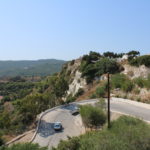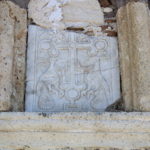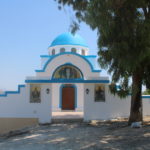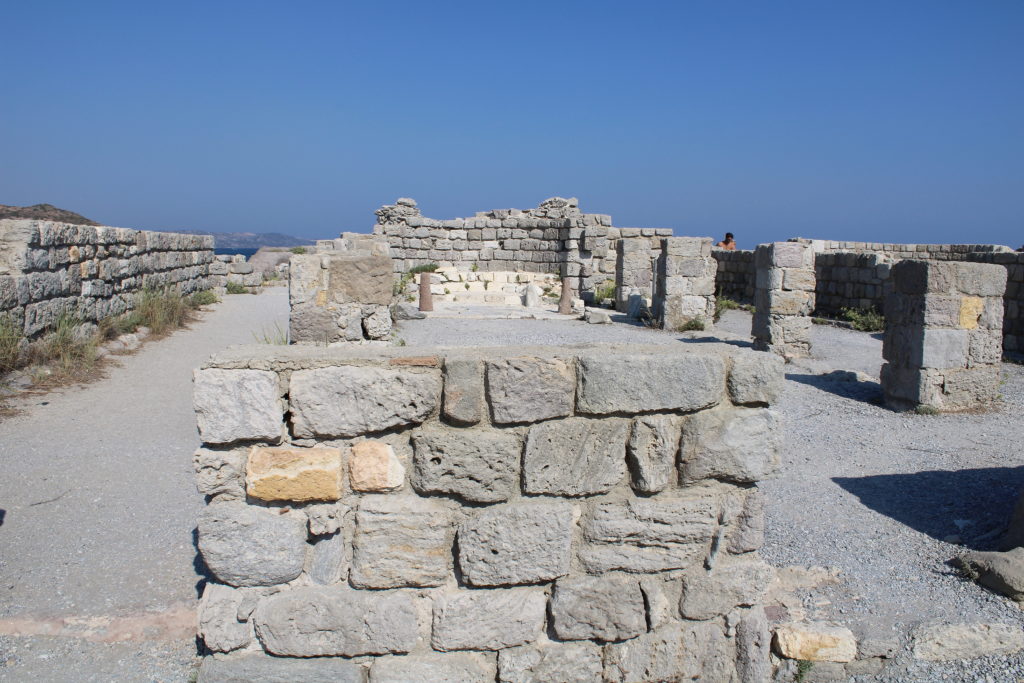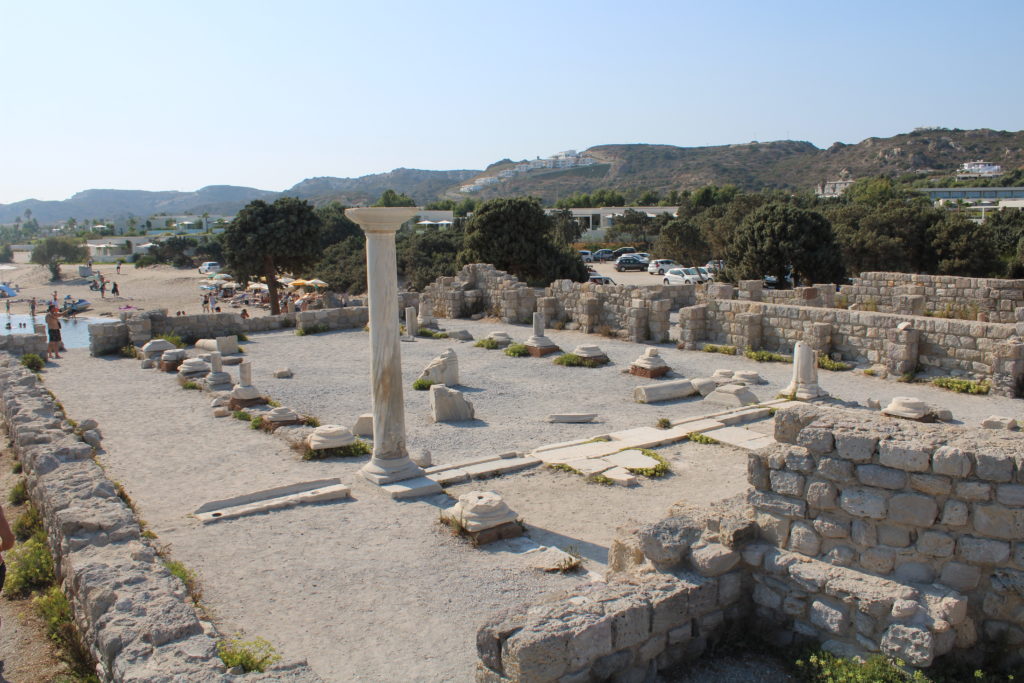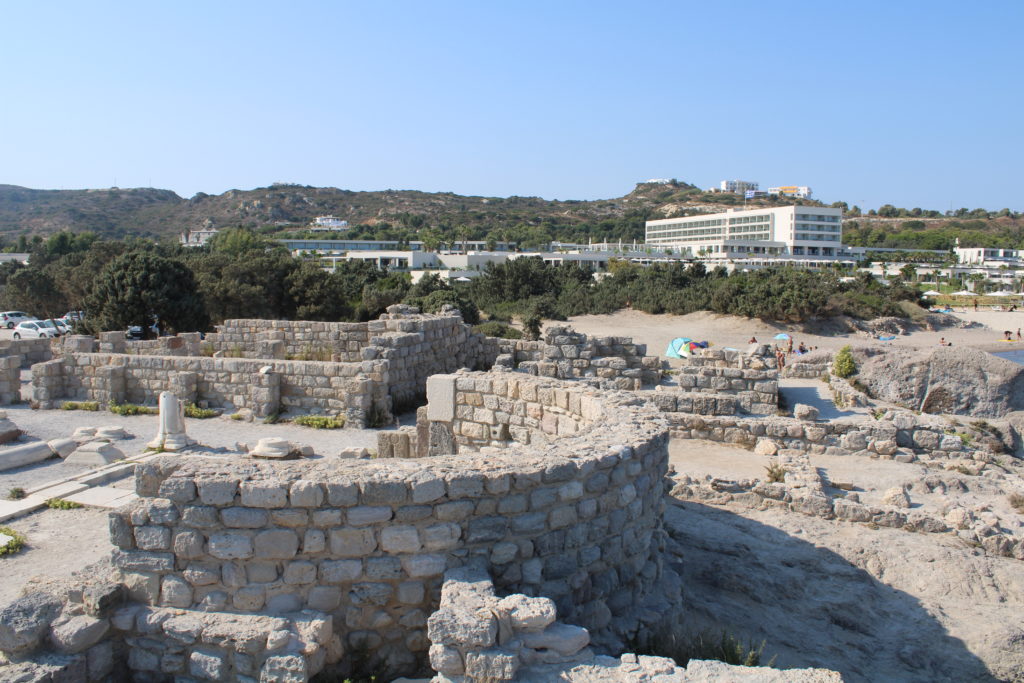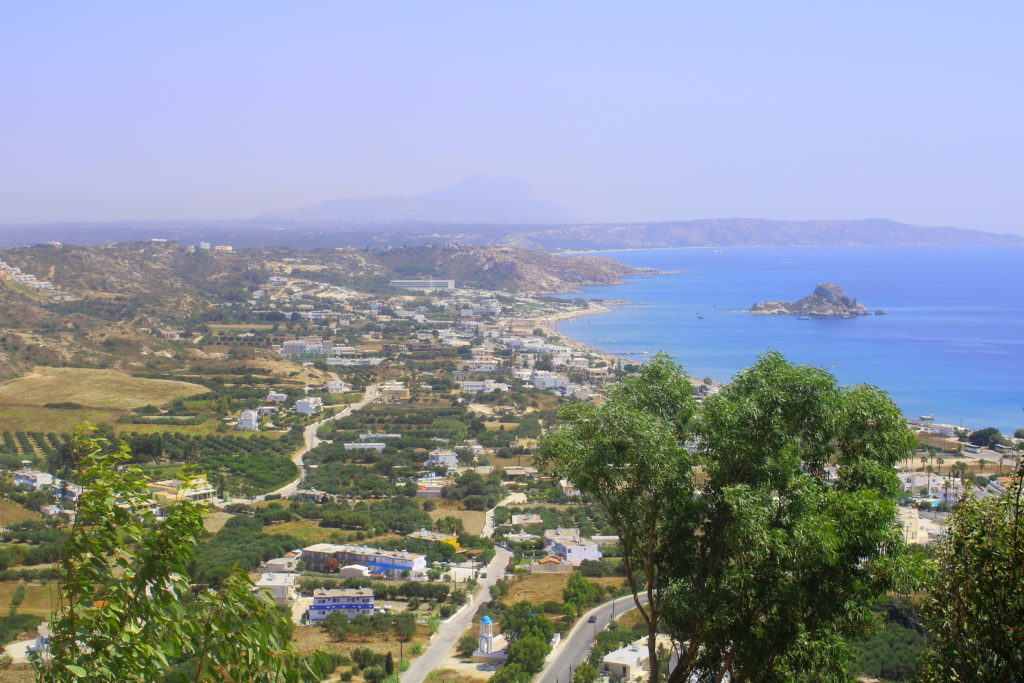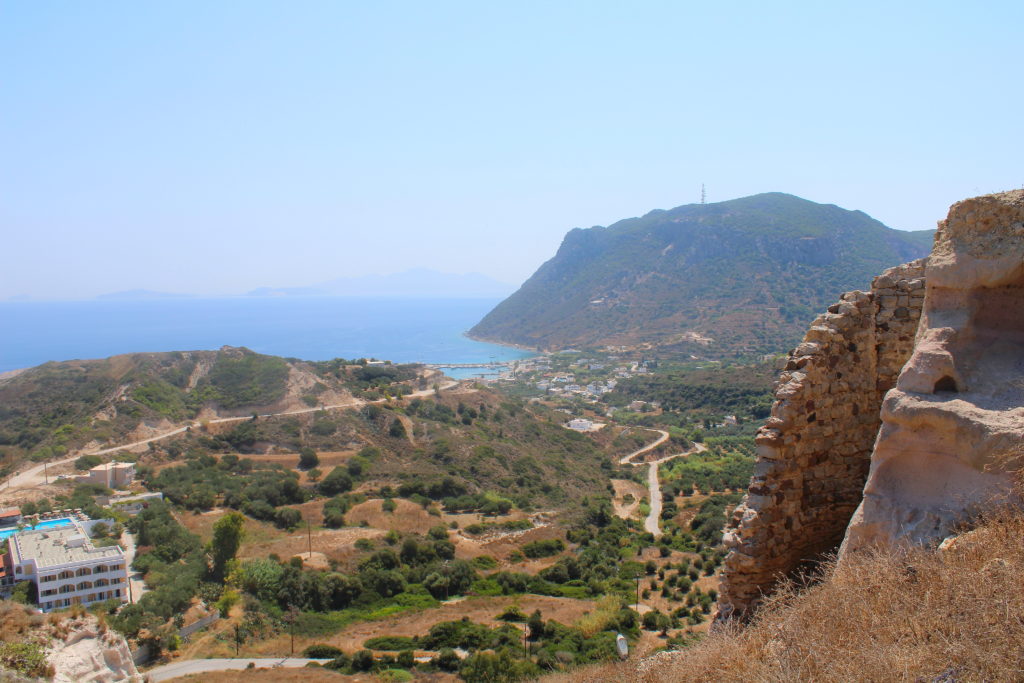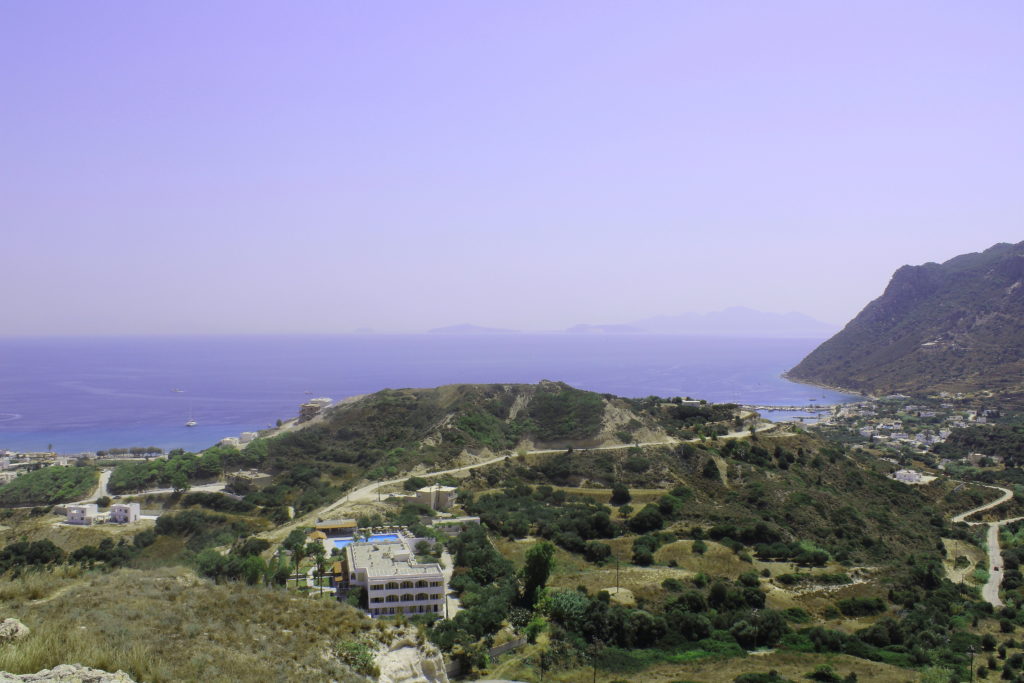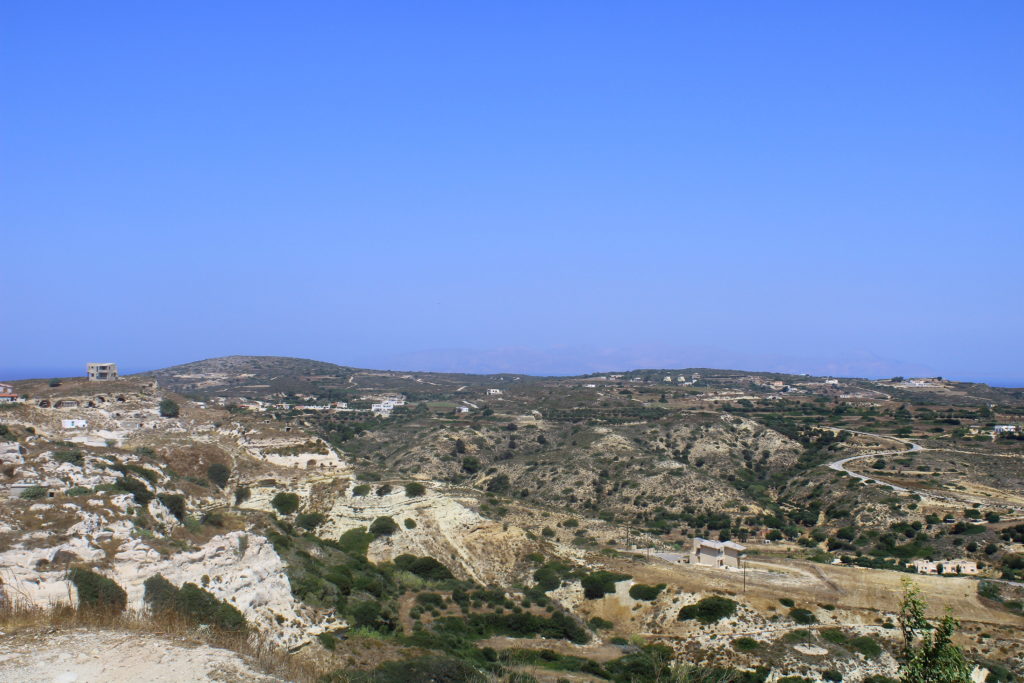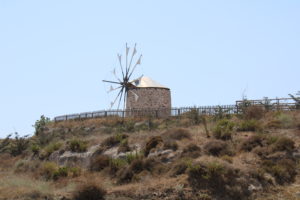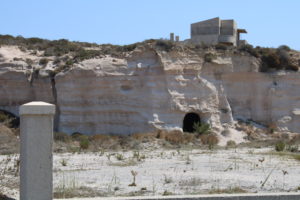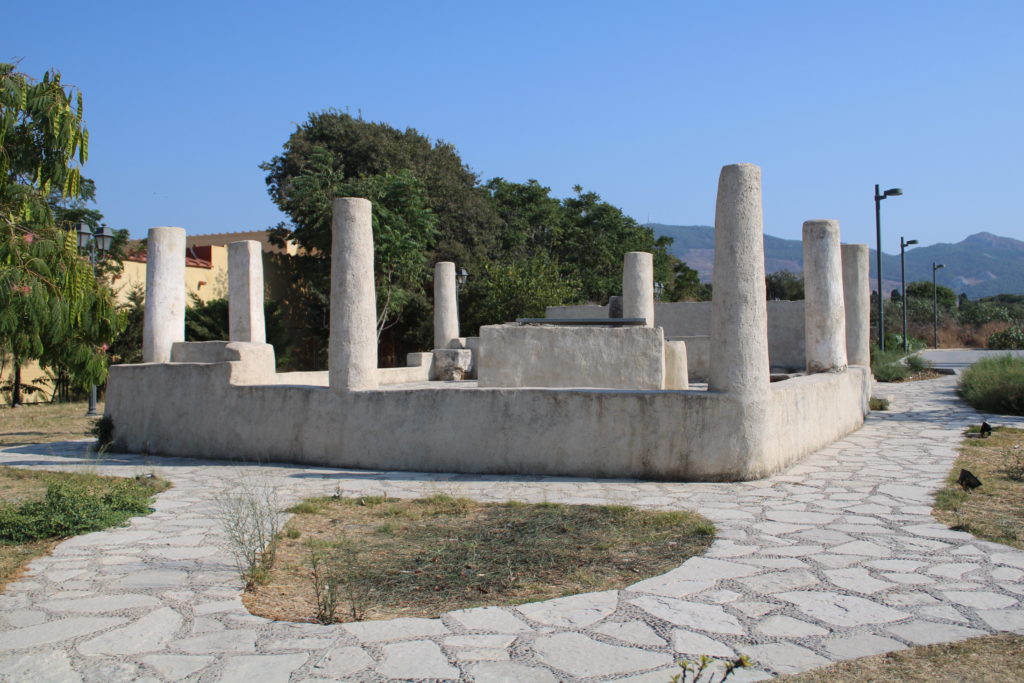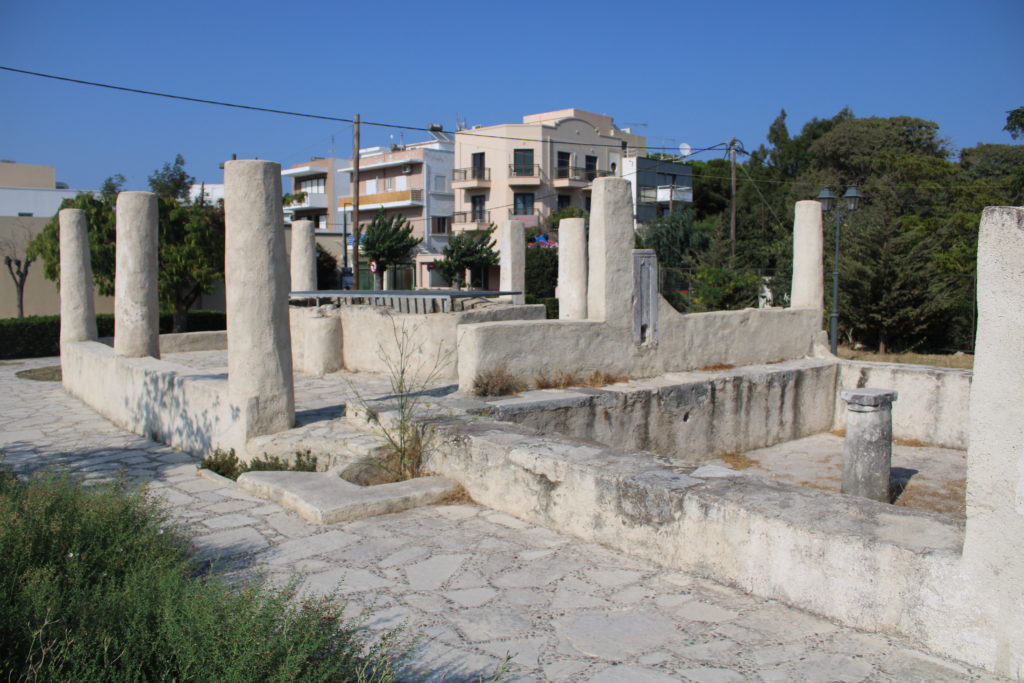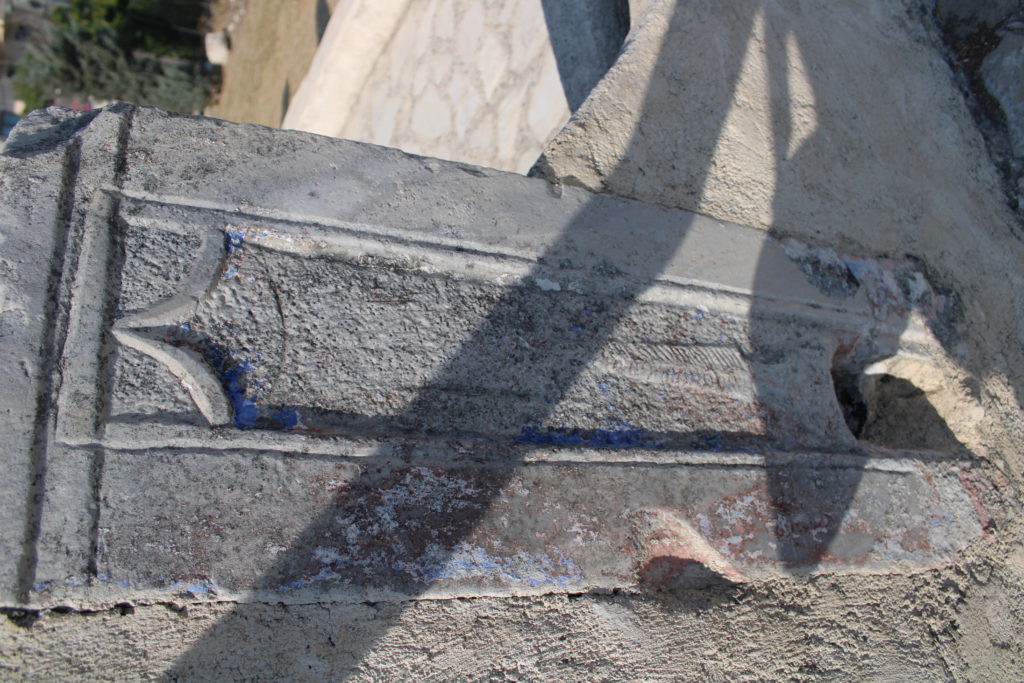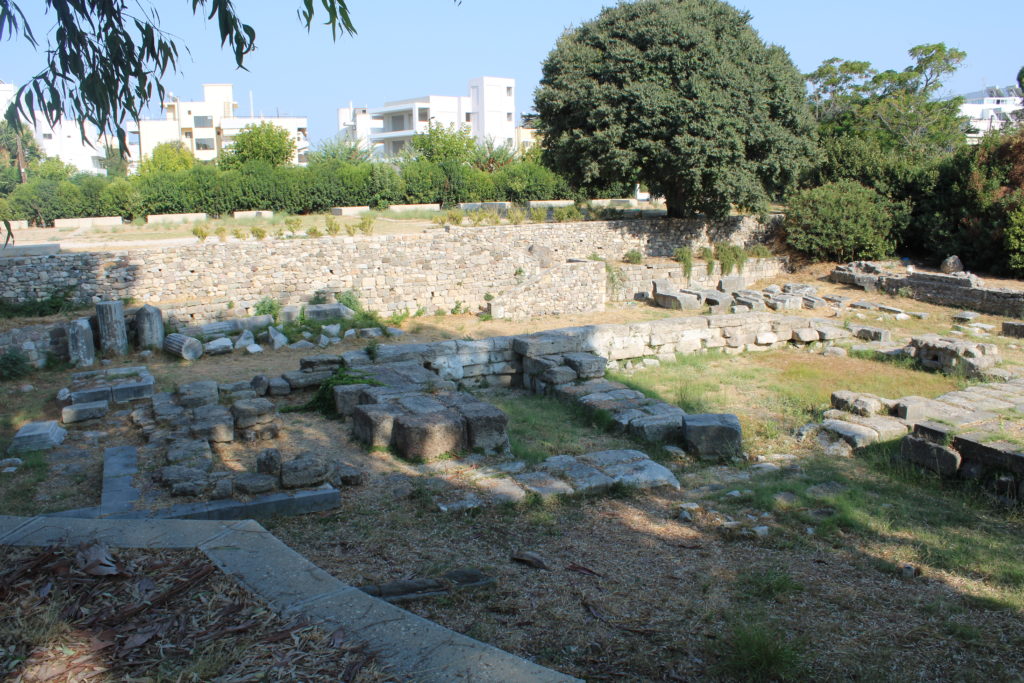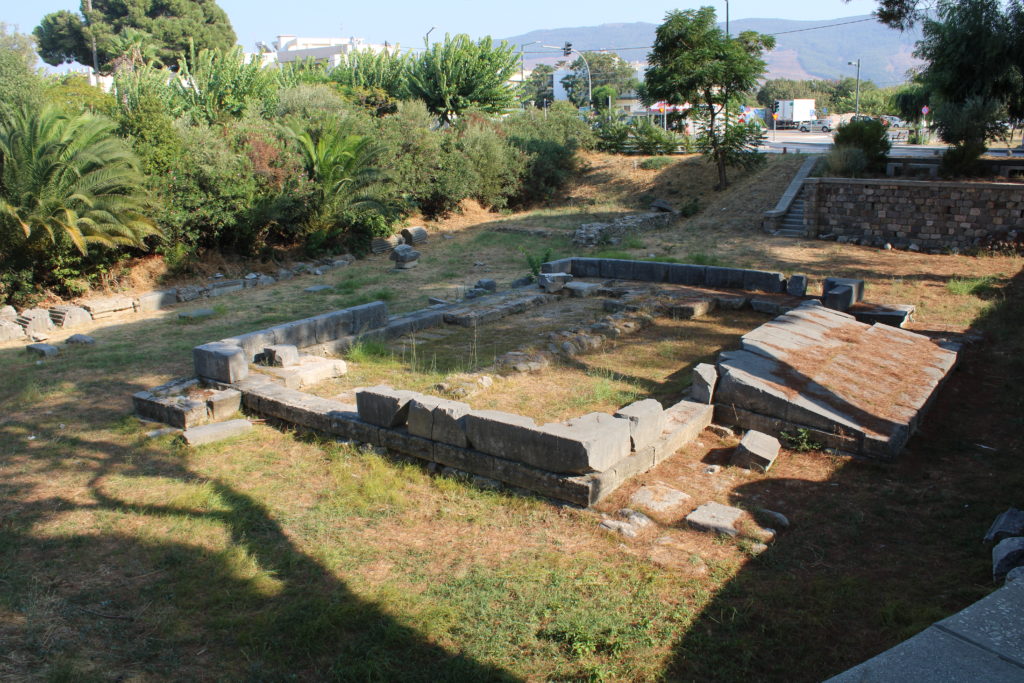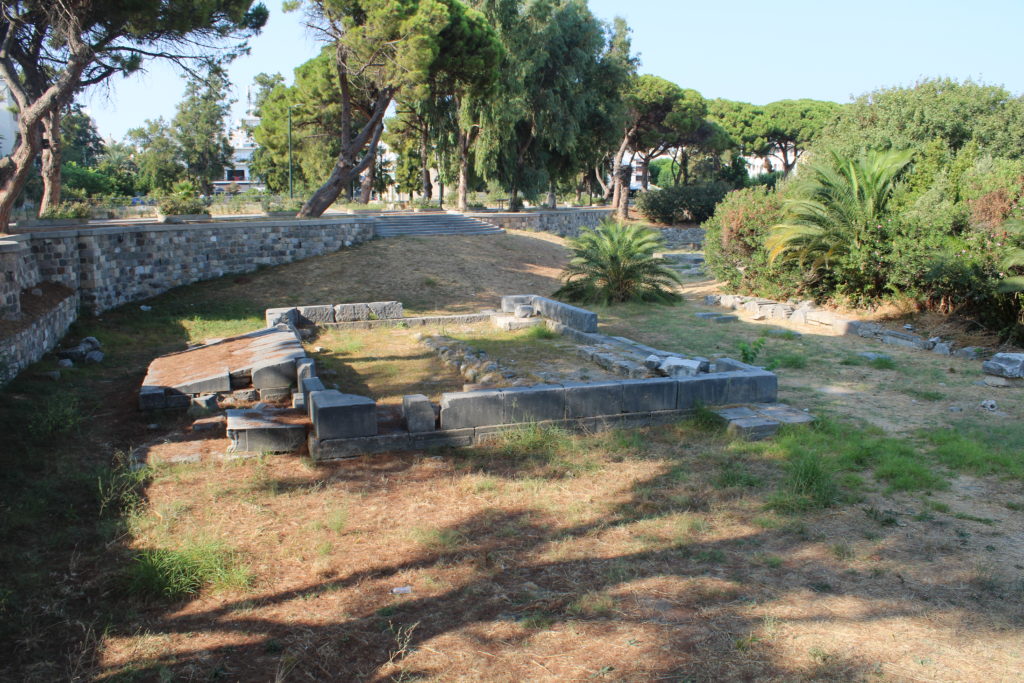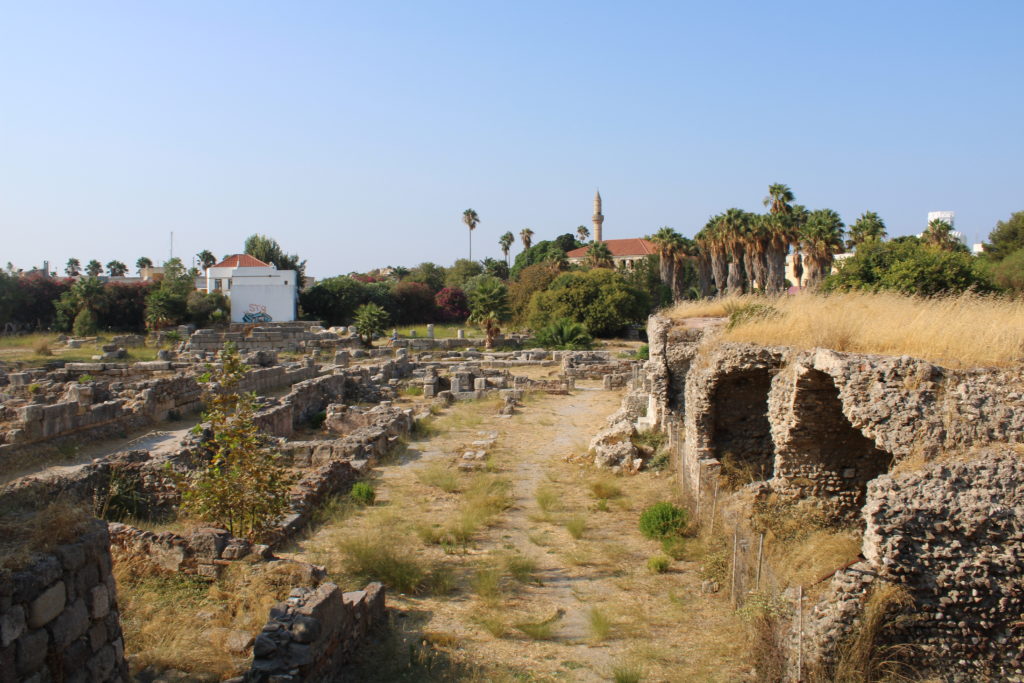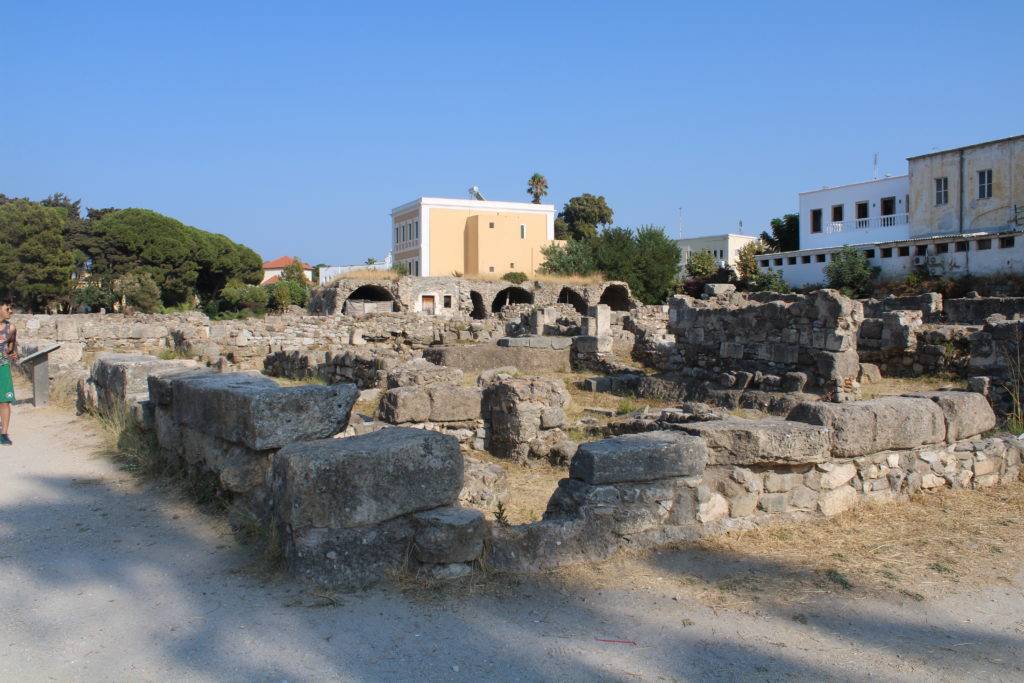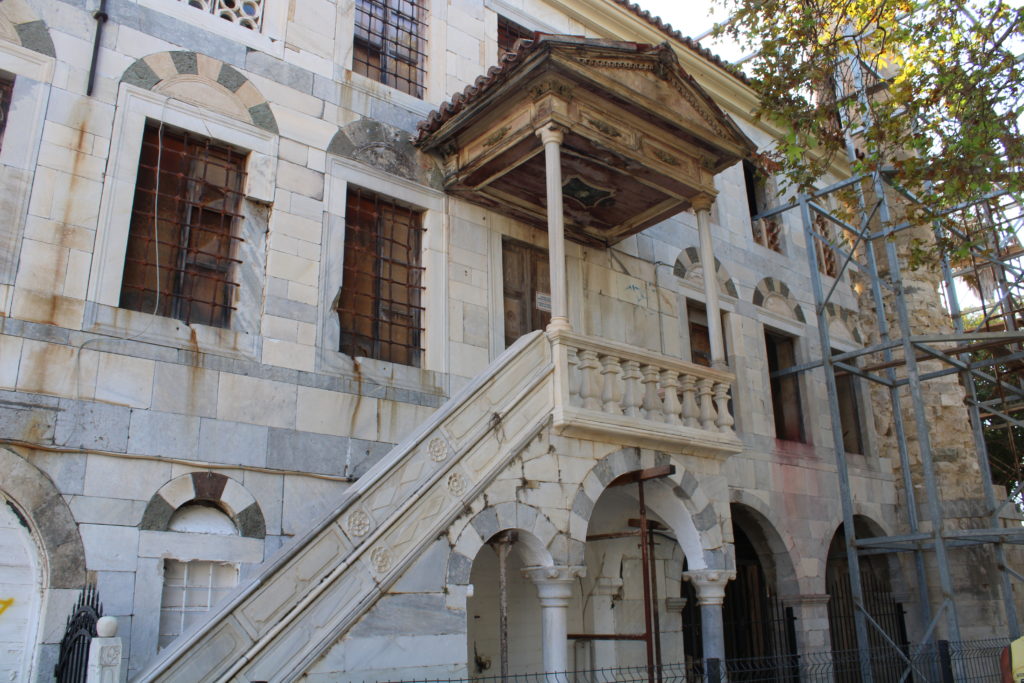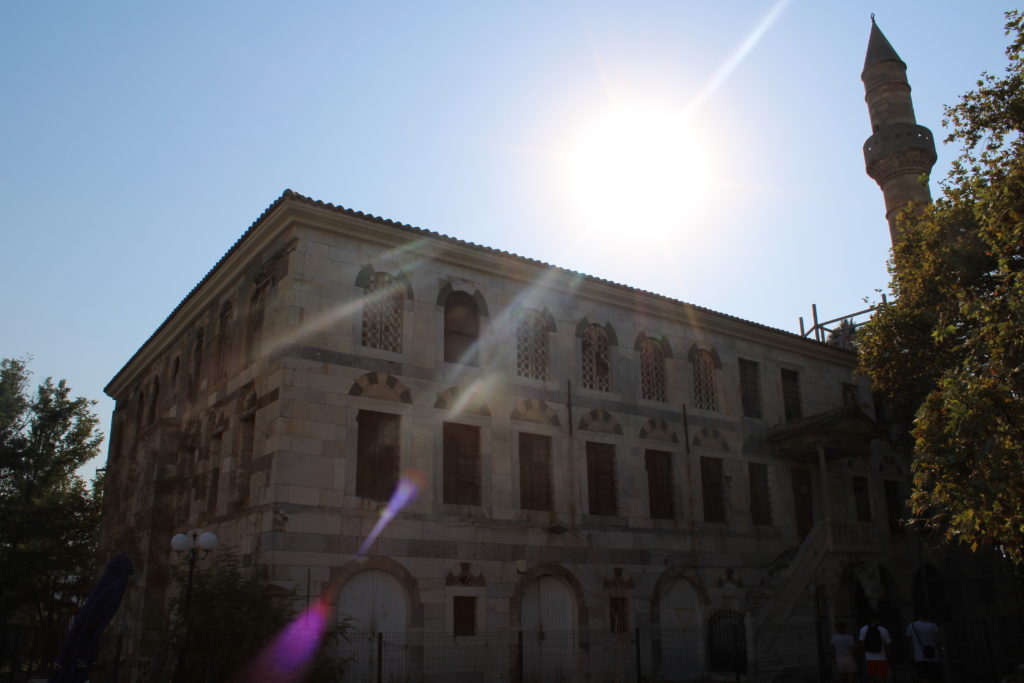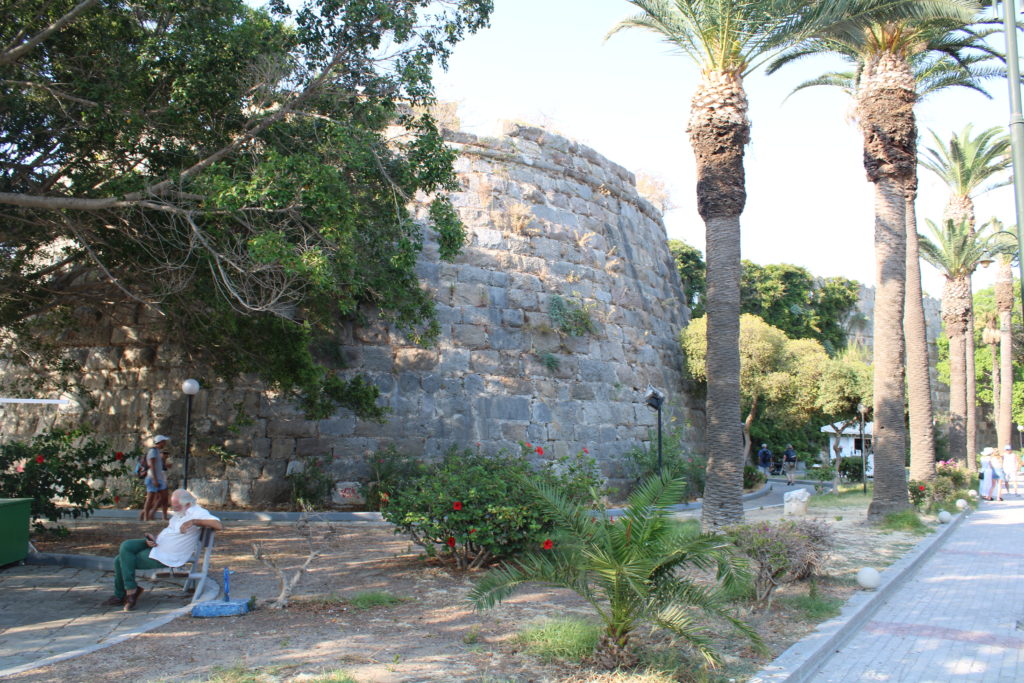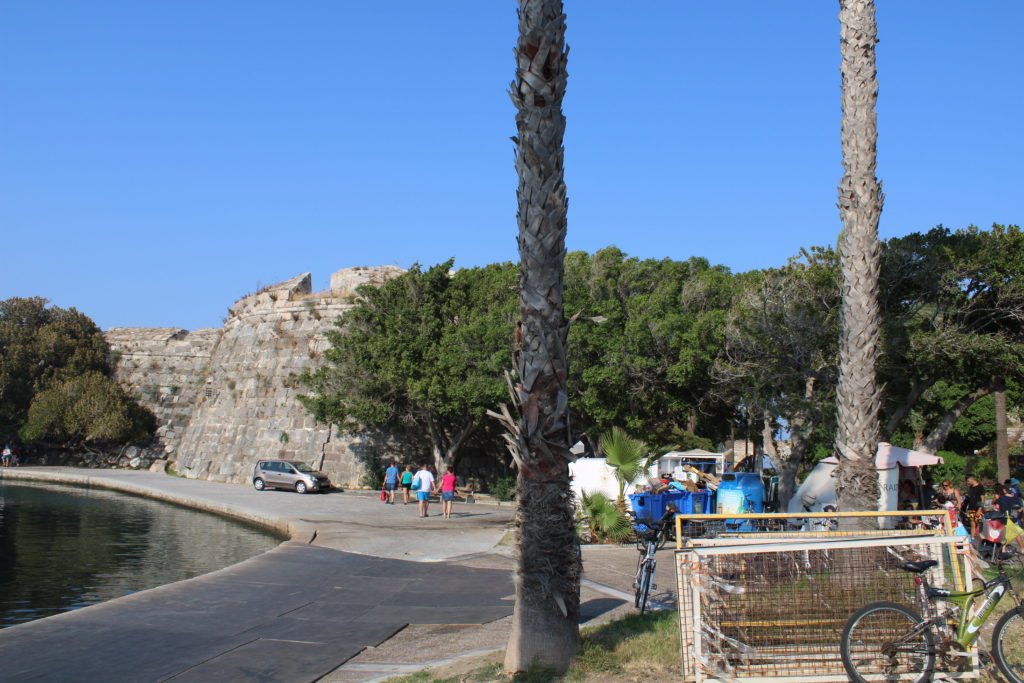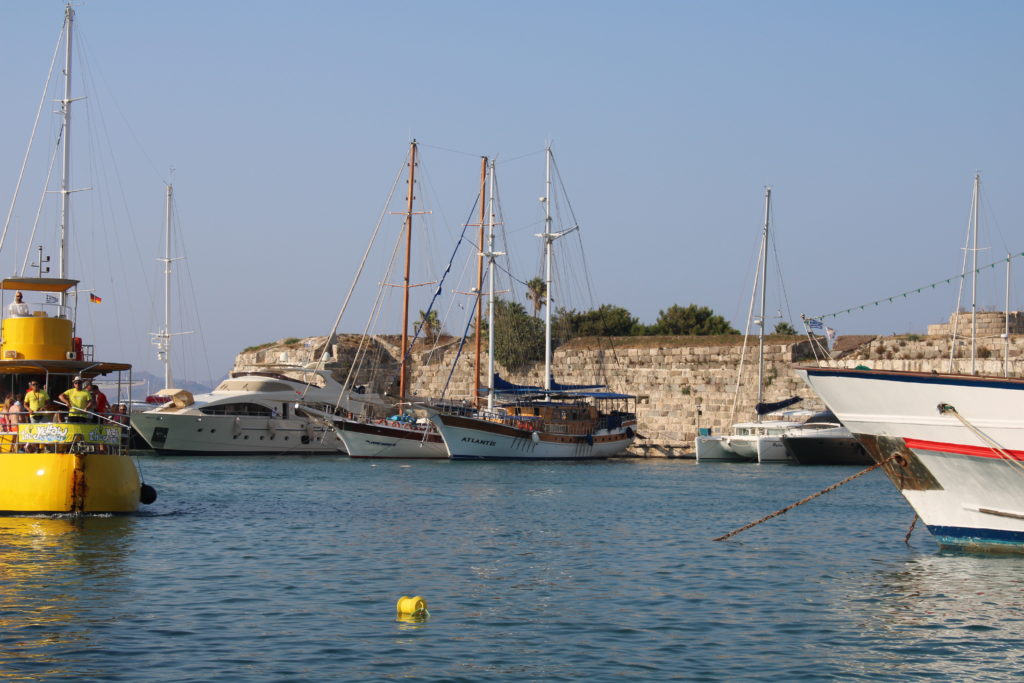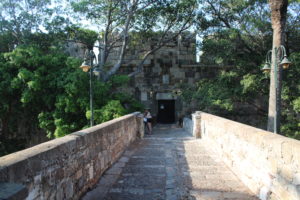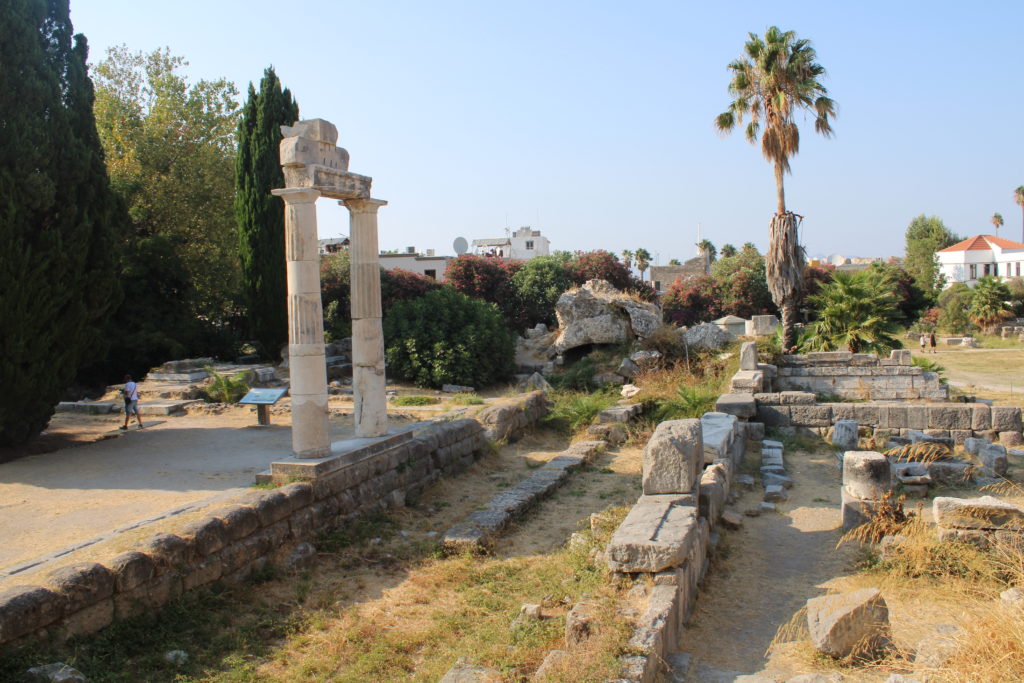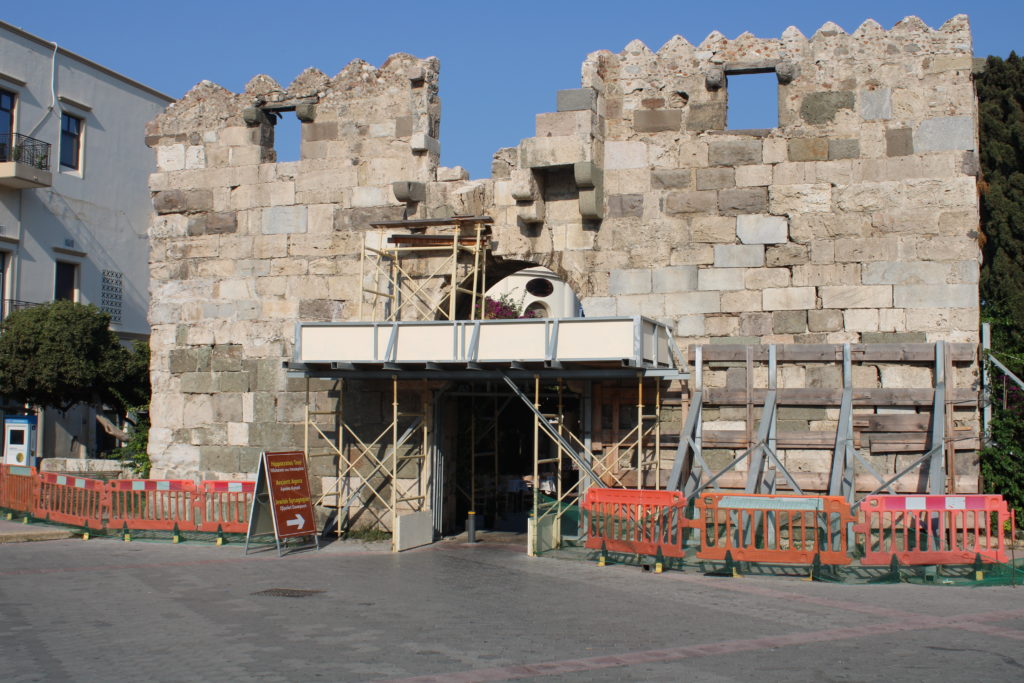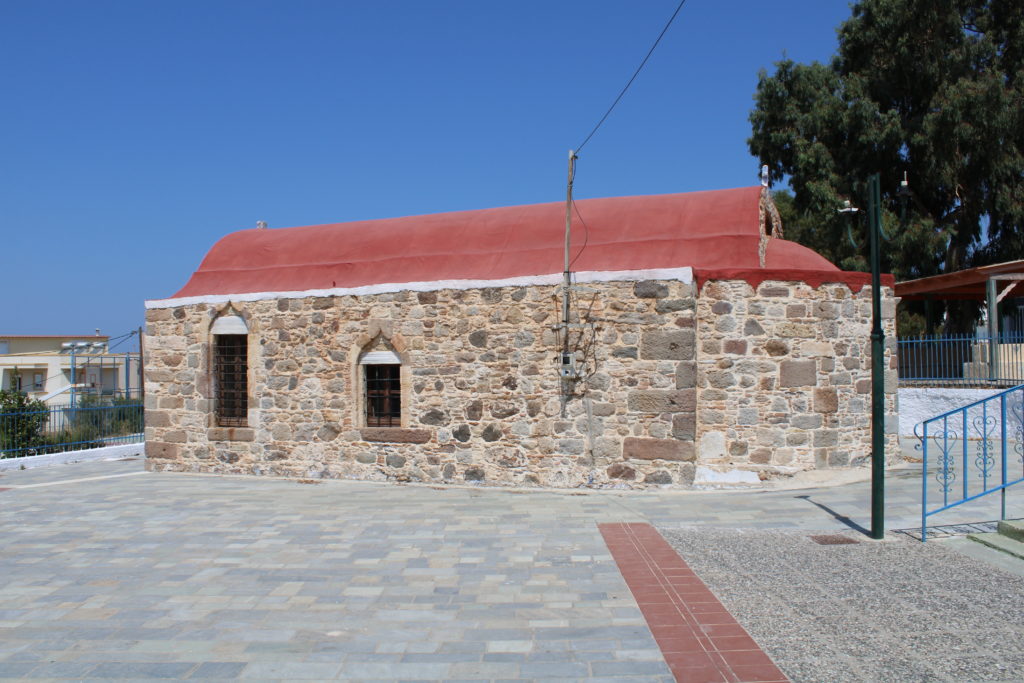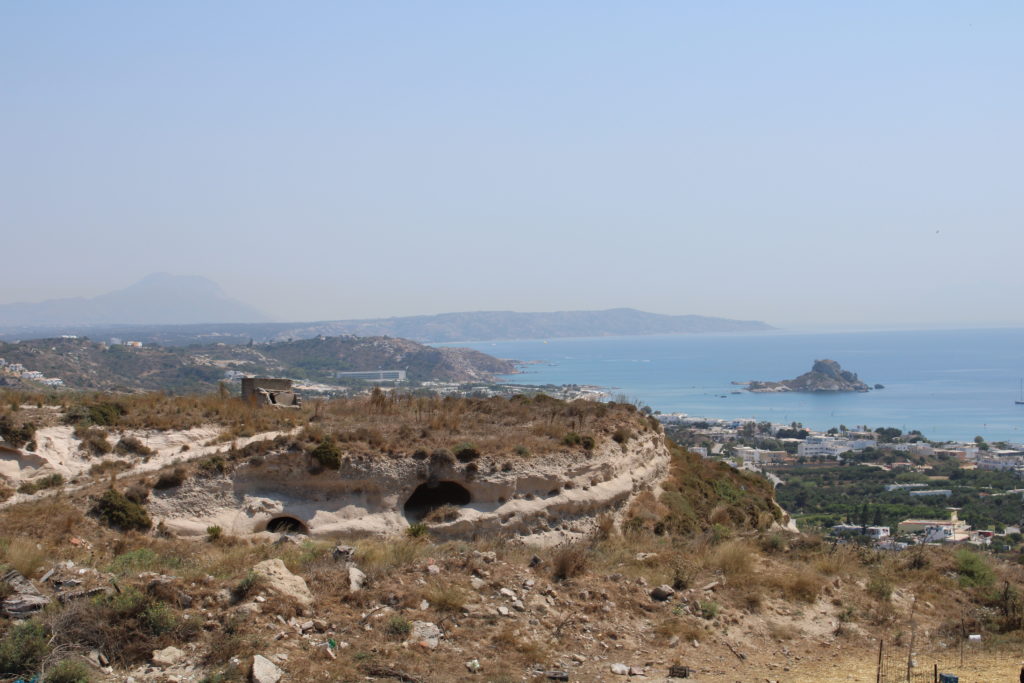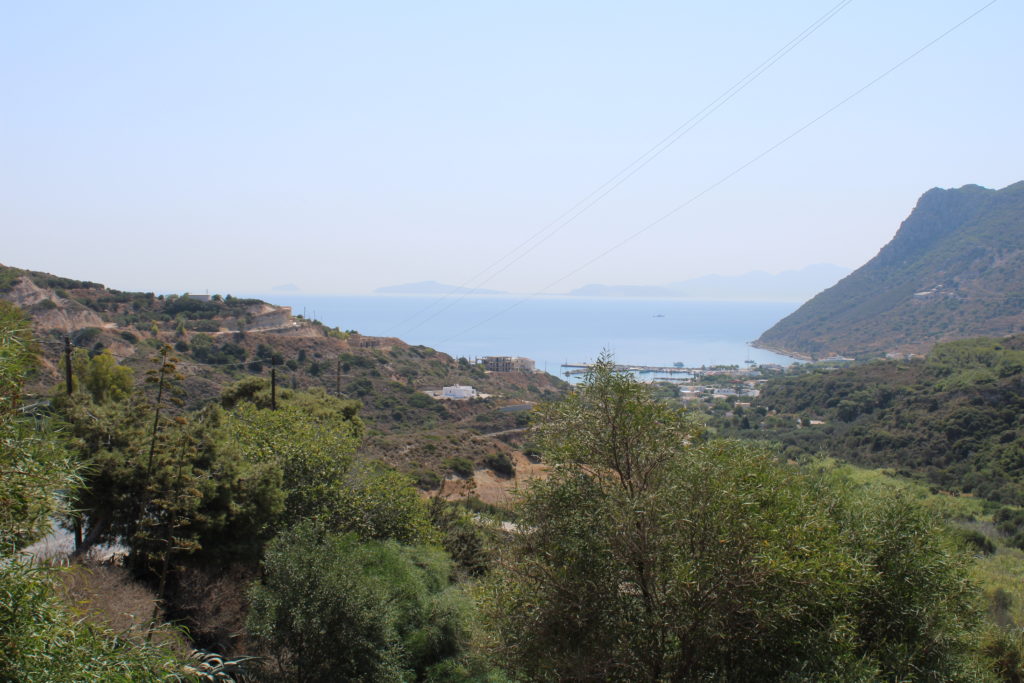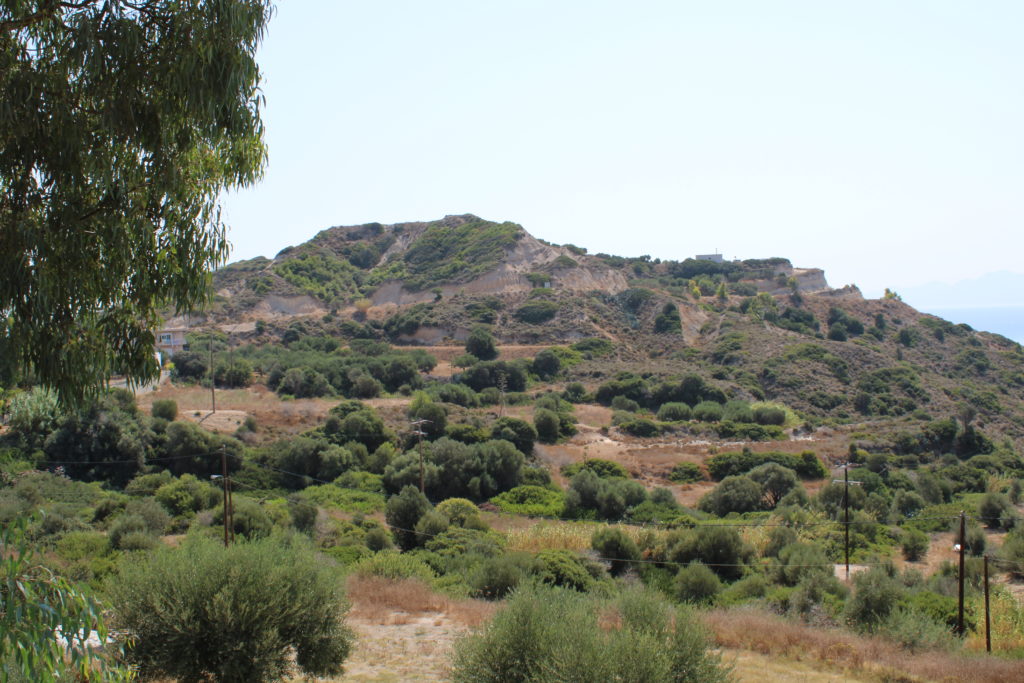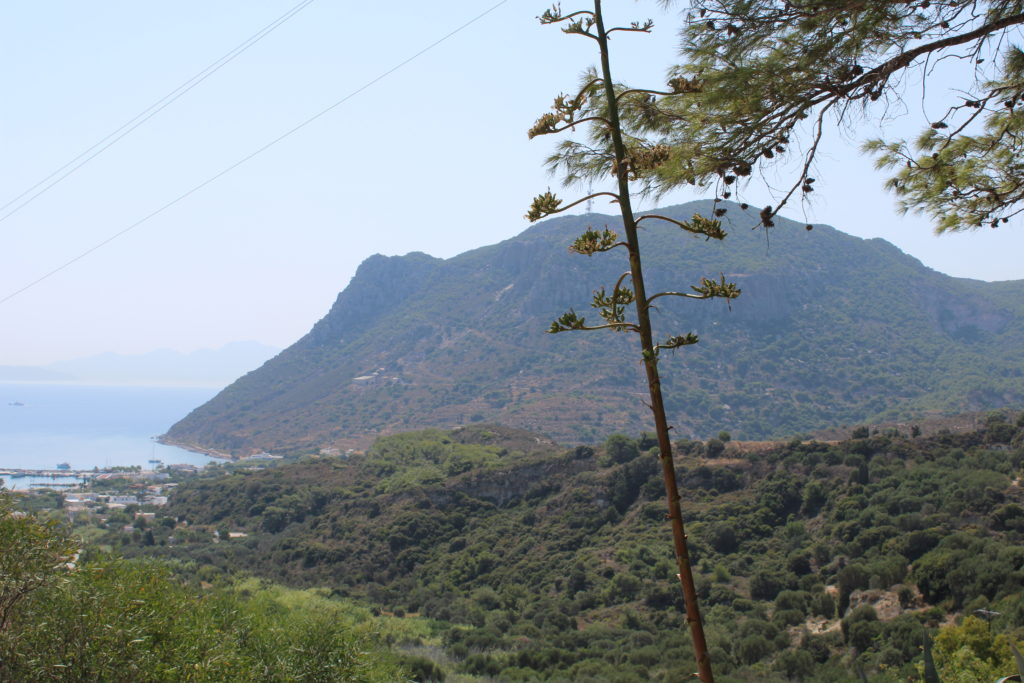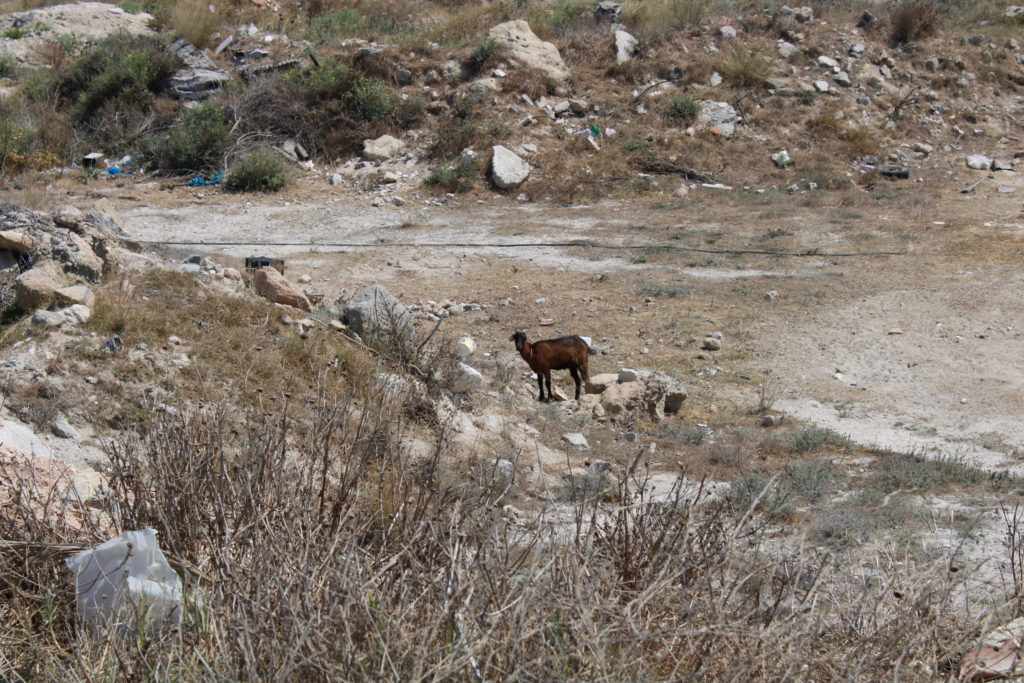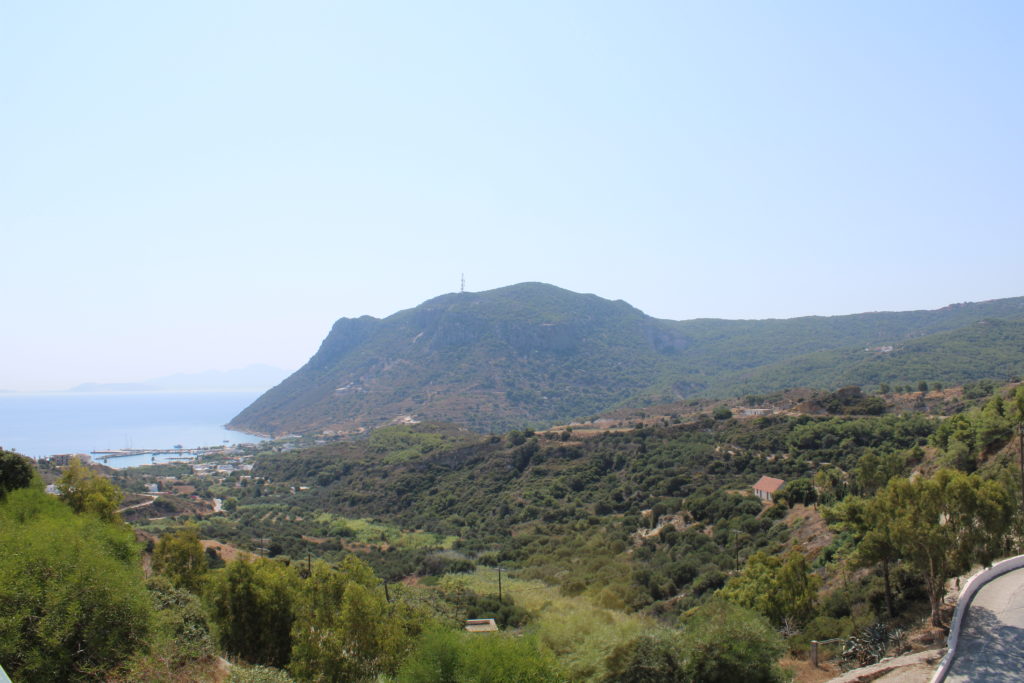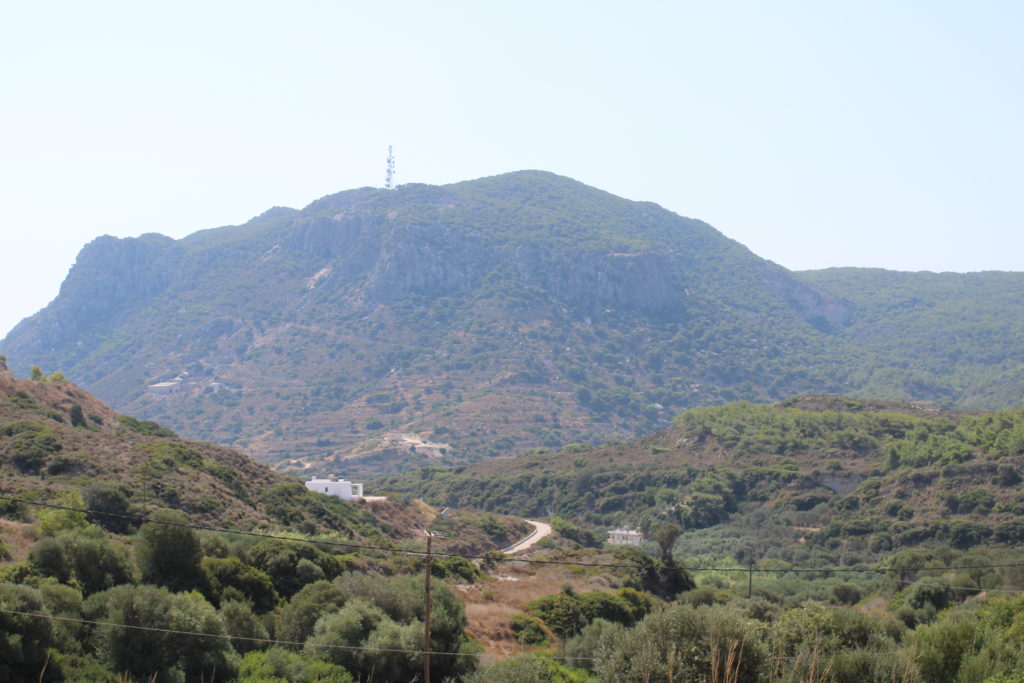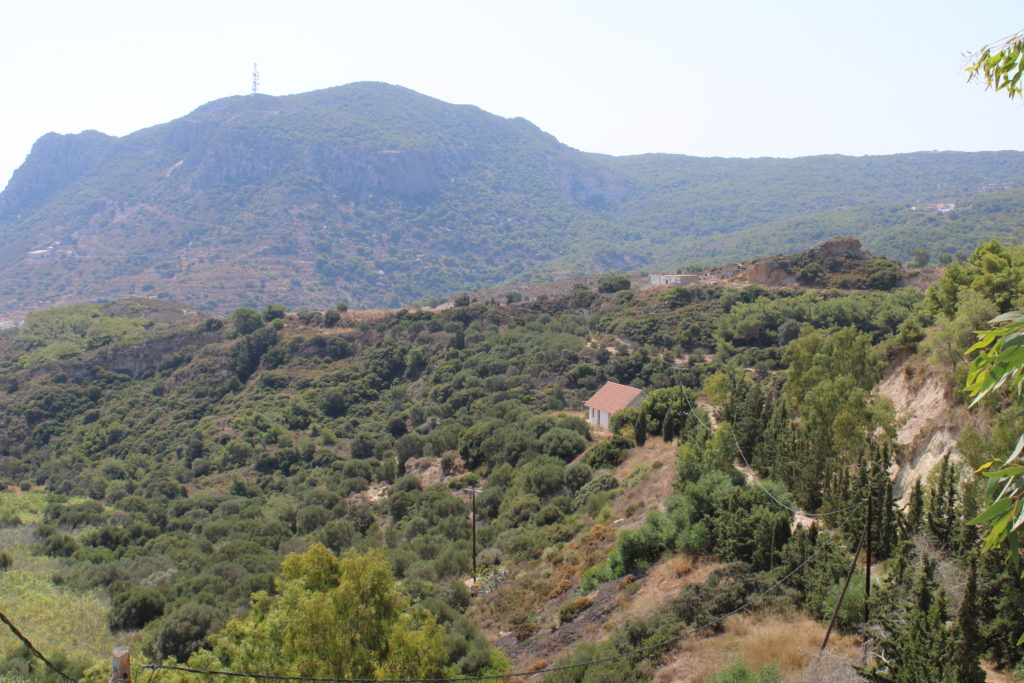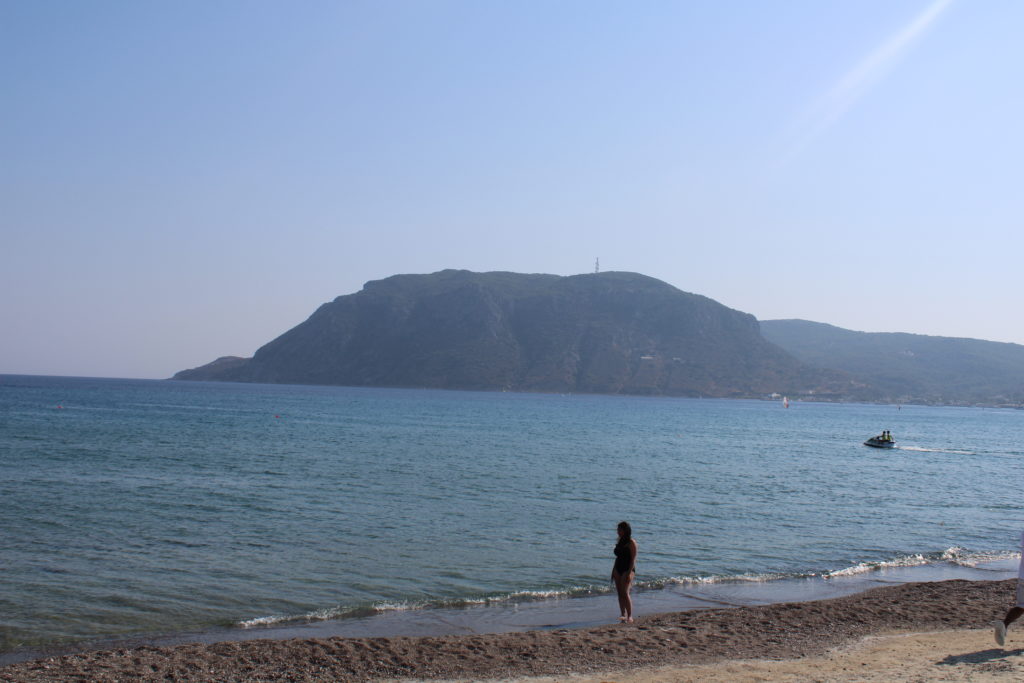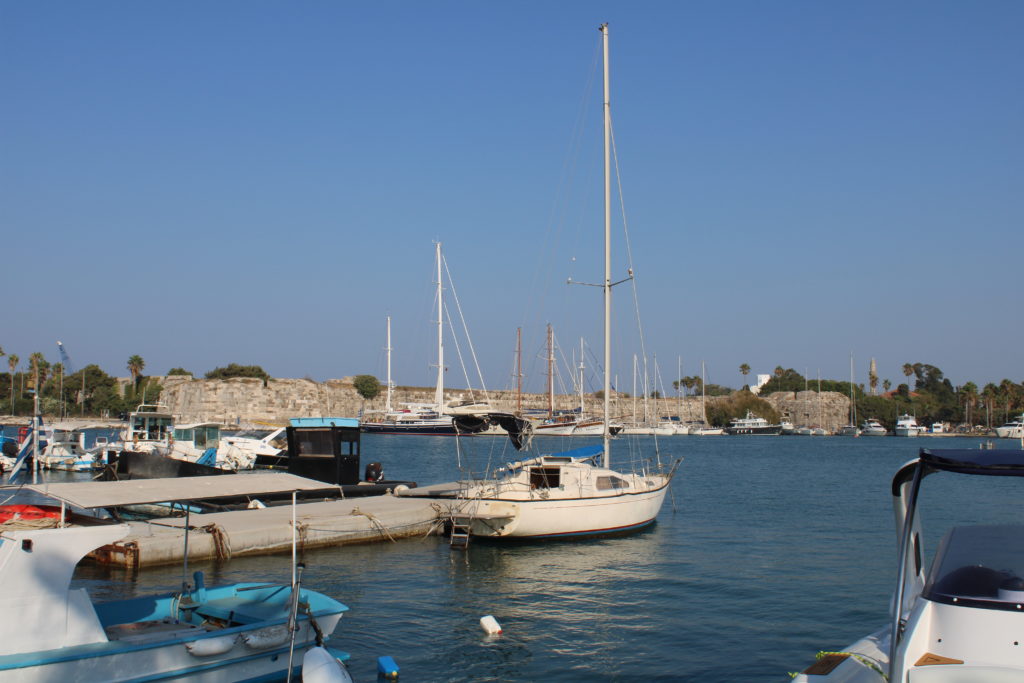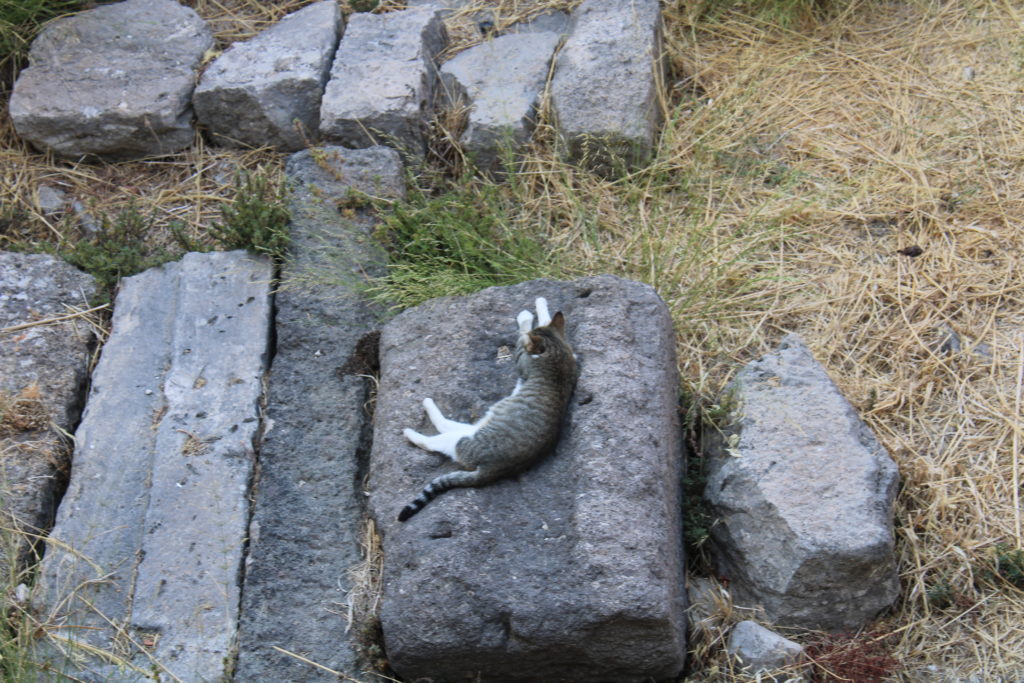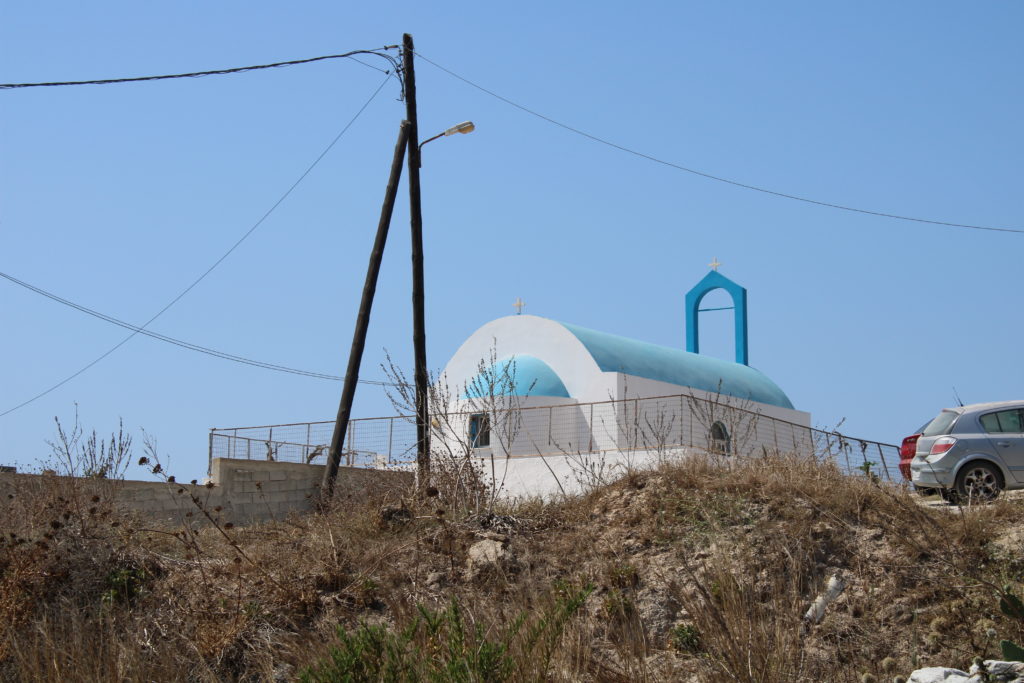Kos is a rather calm, relatively small sized island located on the southeastern end of the Aegean sea, a part of the Greek Dodaconese islands on the periphery of Turkish coast (Bodrum). It houses many historical beauties as well as sweet, rugged nature and sandy beaches, and is the birthplace of famous Hippocrates, the father of medicine. One can see many historical buildings from Greek, Turkish and Italian cultures, a true blend of traditions and different timelines, from antiquity to early modern times, making the island a typical Greek cultural area with considerable different cultural elements.
This entry is different from the rest .In this entry, as part 1 of Kos journey, the town of Kefalos with its interesting zones, the ancient Agora in the Kos seaside with remarkable structures, and various important antique landmarks in the centrum of island will be introduced. The part 2 will be dedicated to the ancient ruins of Asklepeion and Kos alone.
FOUNDATION AND BRIEF HISTORY OF THE CITY
Kos is an island with some mythology. Ancient Greek people believed that the island was the home of the god Asklepius, the god of healing, after whom the healing center of Asklepeion on the island was named.
Kos was inhabited by Minoans (the earliest Greek culture), legendary Achaeans (from Homer’s Illiad) and then the most importantly Dorians, a major Greek tribe. Around 5th century BC, the Persian Achaemenid empire conquered Kos just like most of the Anatolia together with Ionian Greek cities of its west coast. After the famous sea battle of Salamis, in which Greeks under Themistocles defeated the Persians, it was included in the Athens-led Delian League, which took the offensive against Persians. Later, it became part of Alexander the Great’s Macedonian empire in 357 BC, like rest of Greece (except Sparta 😉 ). After his death, his subordinate Ptolemy, who was controlling Egypt, took over Kos with the rest of the surrounding islands. Around 80 BC it passed over to Romans, then continued as part of the Eastern Roman empire until around 1204 AD when it passed over to Venetians, and then to Knight Hospitallers. From 1517 until 1912, it was part of Ottoman empire, until when it was taken over by Italy. In 1945, after the conclusion of 2nd world war, it became a part of Greece.
It was Dorians who built the city of Kos and the other smaller ones throughout the island. Hippocrates, the father of medicine , was born according to ancient documents in 460 BC, and died in 357 BC in Larissa, miles away in mainland Greece. The ancient healing center of Asklepeion in Kos was built in honour of both Hippocrates and god Asklepius.
DISCOVERING KOS
As written in the introduction, not every part of Kos will be covered in this entry. The richness of the island made it too long for a single entry, so in two parts more landmarks and information can be covered. As always, the pictures have explanatory texts below them to introduce their history and purpose. Scroll down to begin!
Starting with Kefalos..
Located on the western tip of the island, Kefalos is a small town with remarkable historical parts worth visiting. It has a long, sandy beach which combines history with leisure, which is a win-win situation!
Agios Stefanos beach and its historic Basilica
When one goes to the sandy beach of Agios Stefanos in the town of Kefalos, you will come across an ancient ruined area. First you might think that it is some sort of another ancient Greek or Roman temple, or a huge villa etcetera- But when you approach closer, you will see some holy cross on some stones. Right, it is actually an early christian basilica!
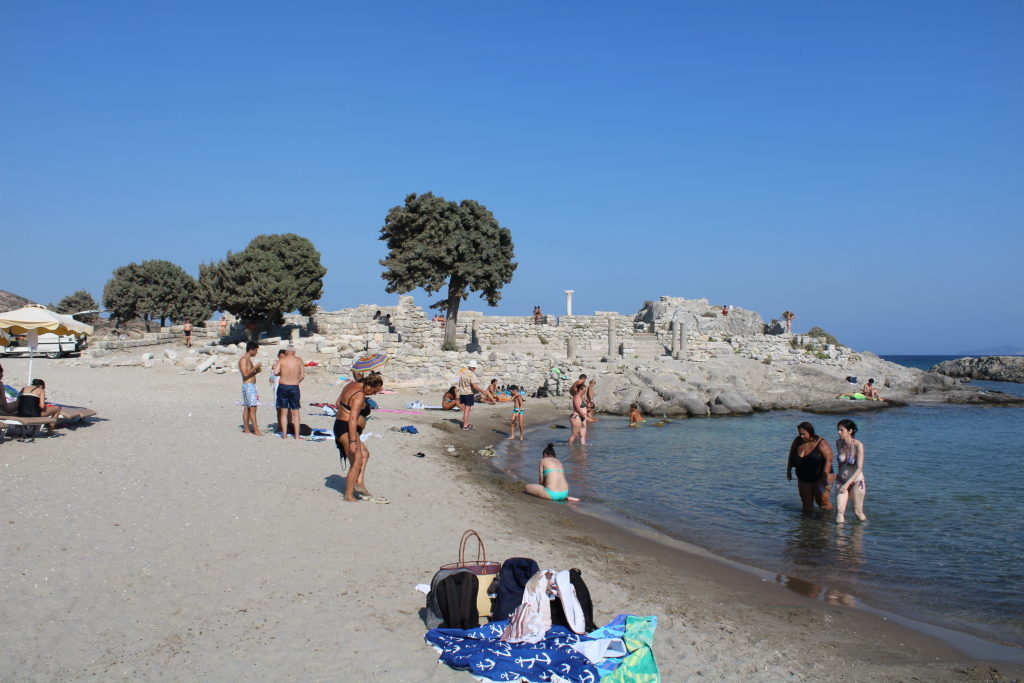
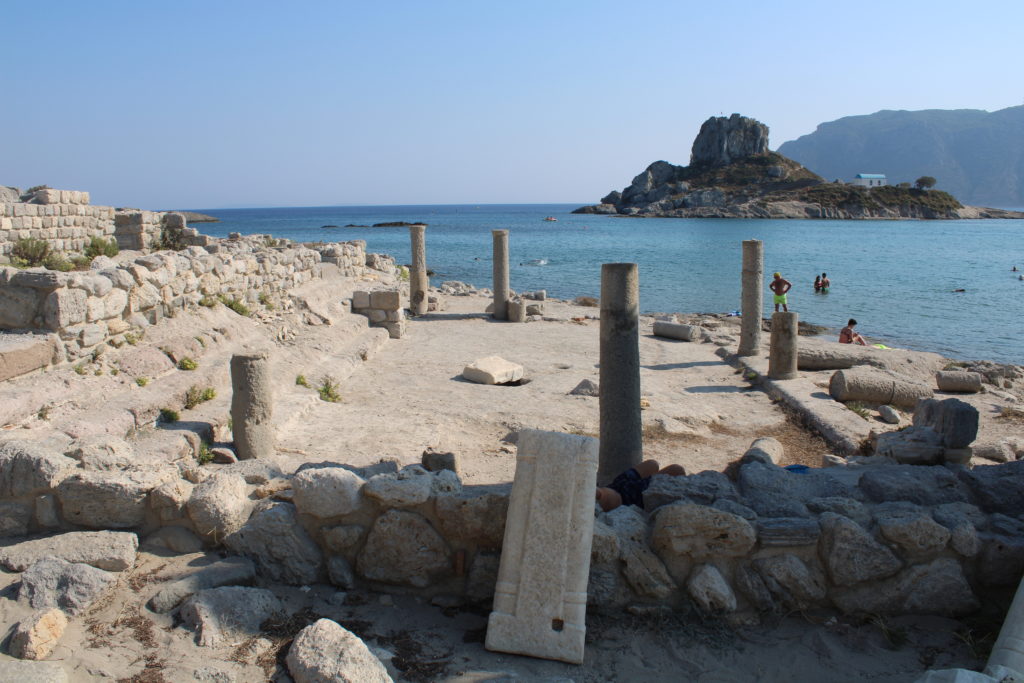
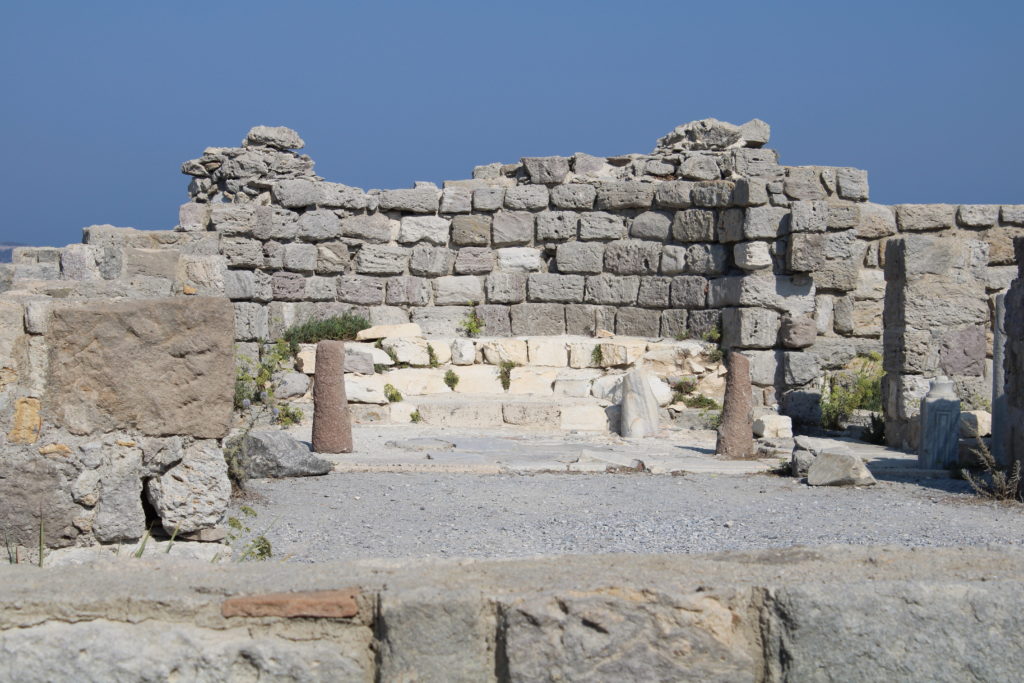
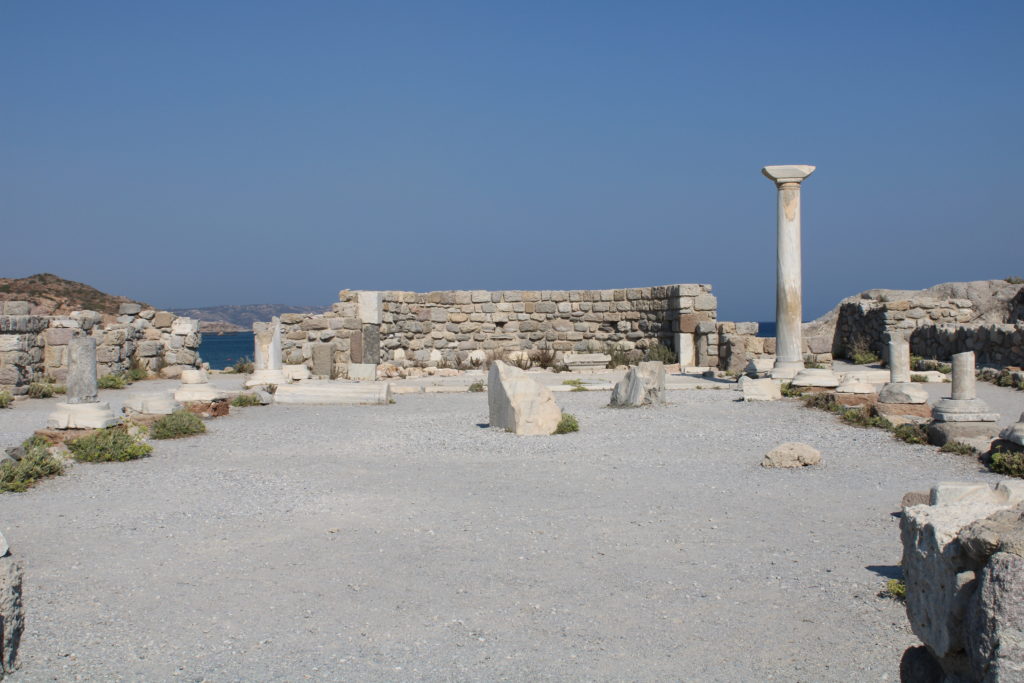
View of the eastern basilica from the eastern side. The structure was discovered by Italian archeologist Laurenzi in 20th century. Before that, it was completely covered in the ground
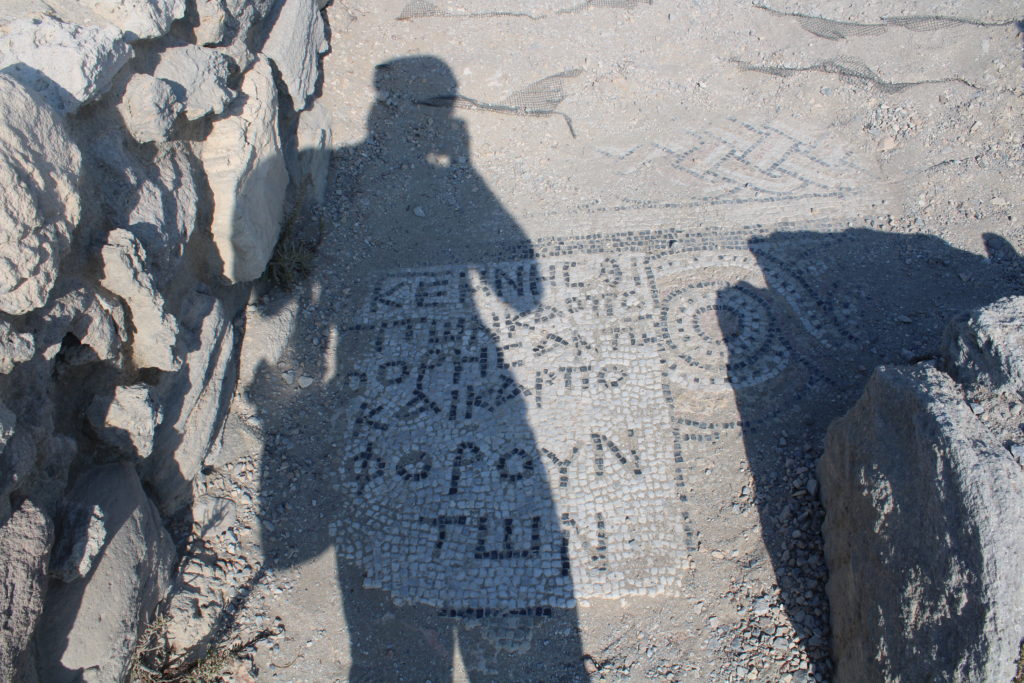
A mosaic and a Greek inscription-with my own shadow ! 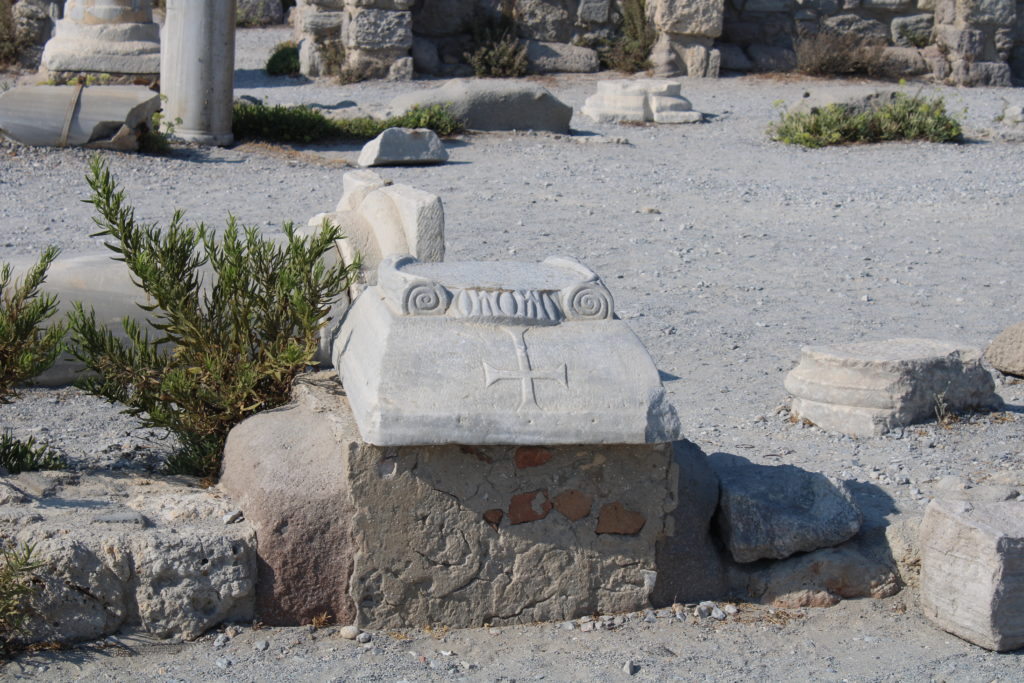
The holy cross on a pillar’s base, it shows the buildings purpose!
Castle of Kefalos
When one walks from towards Kefalos downtown, you will be greeted by an old castle on the hilltop, which is the local Castle.
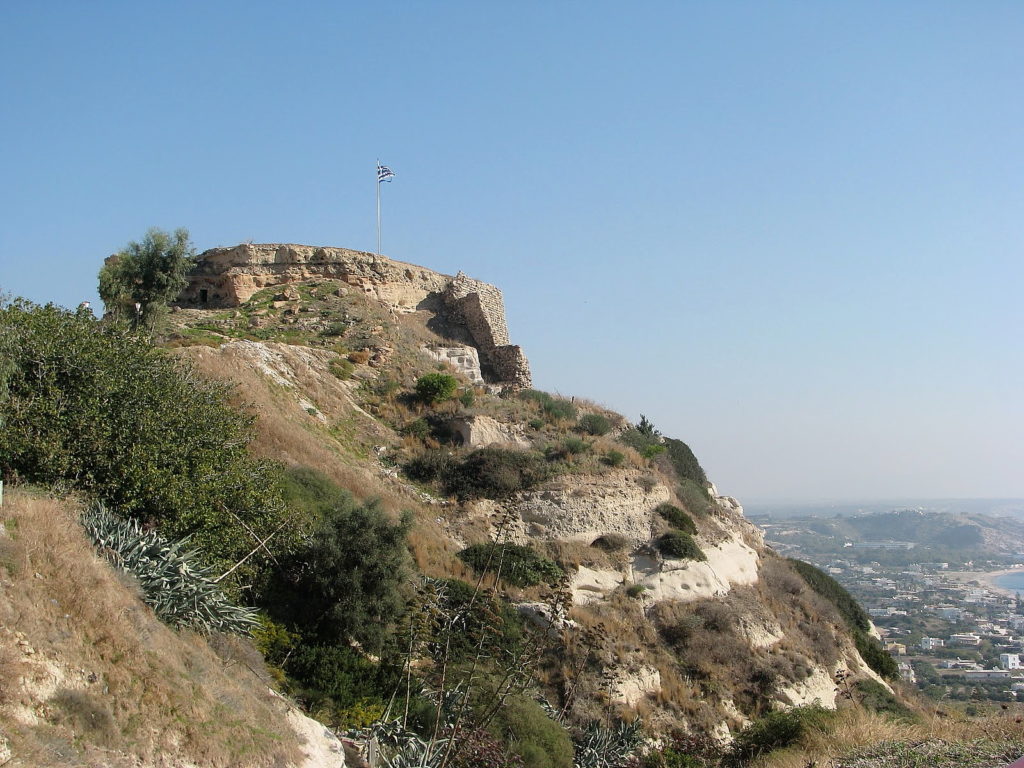
Below is the panoramic view from the top of the castle, which is spectacular. But be careful on the top of the castle as there is a couple of holes that are not covered and is a bit dangerous. From the info i found, the parts below the castle were used as water reservoir and around 15th century it was ruined by a strong earthquake after which castle was totally abandoned
More from Kefalos downtown
Apart from the sites above, there is little more to see in Kefalos, which are both historic and more contemporary, scroll down to discover them!
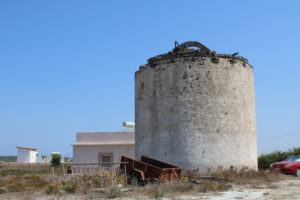

Relatively new churches from Kefalos 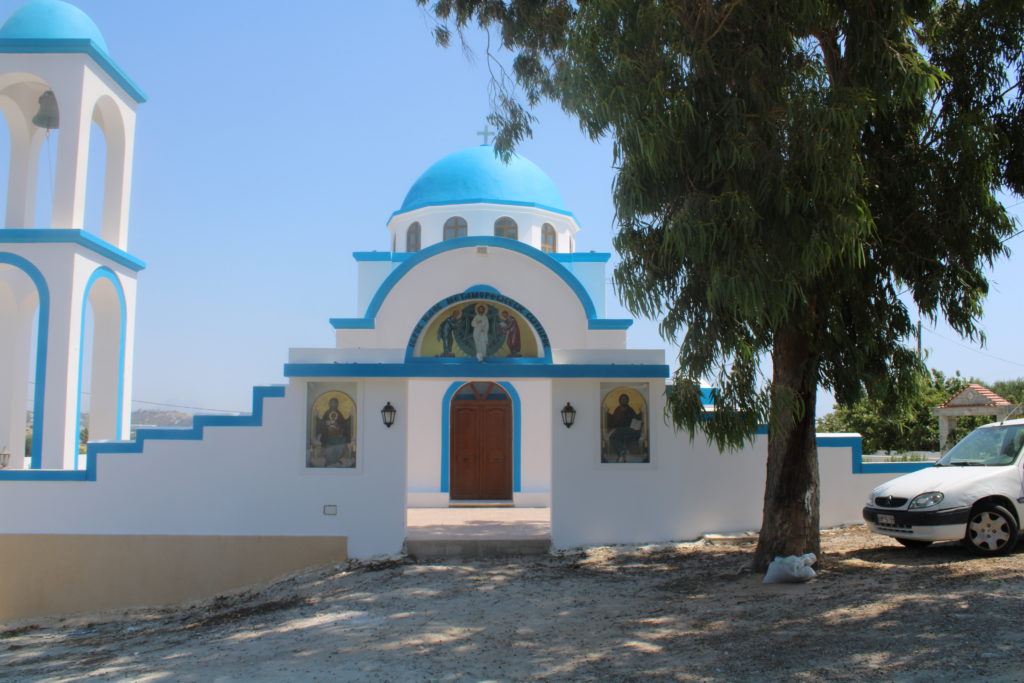
They sort of look like “toys” due to their shape and color combination!
KOS Downtown
In Kos one gets the more “cosmopolit” feeling after spending time in the other areas of the island, since they are more or less like villages and Kos center itself is the heart of the island in every aspect. Dozens of restaurants, pubs, hotels, motels, a lovely port, most important museum and so on..
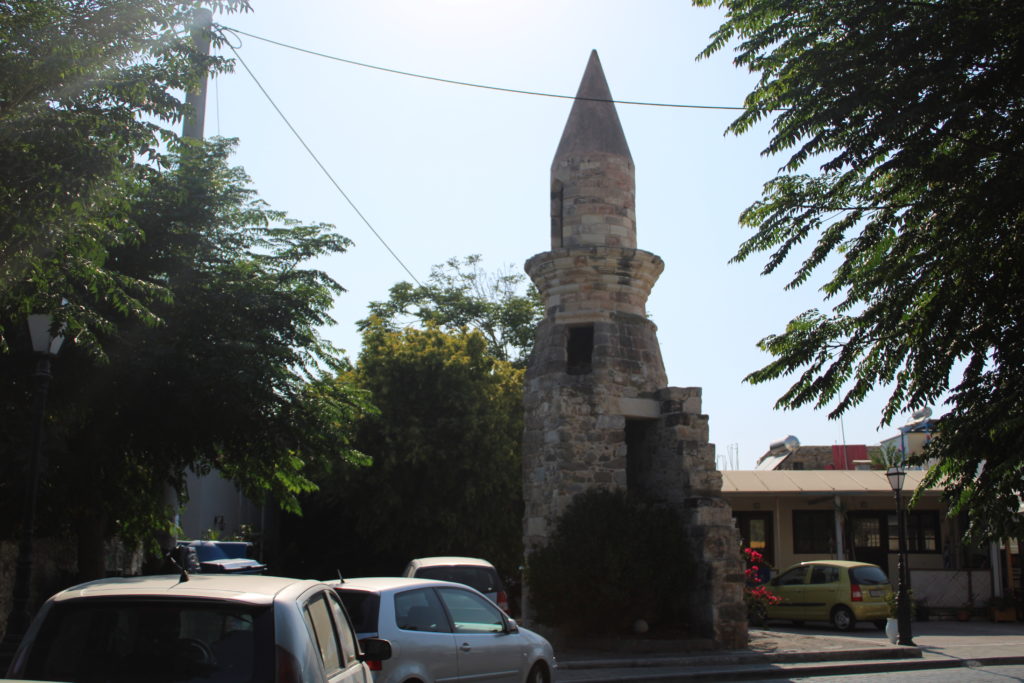
Remains of an ancient bath near Casa Romana in the downtown, without any signs or information board, though

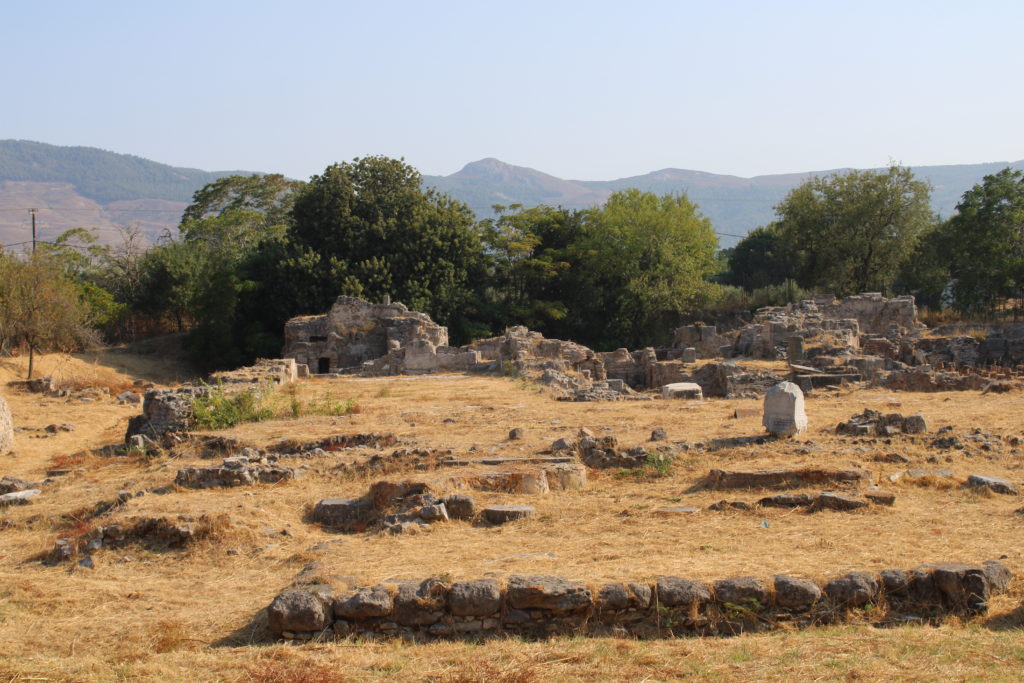
Ruins near Casa Romana 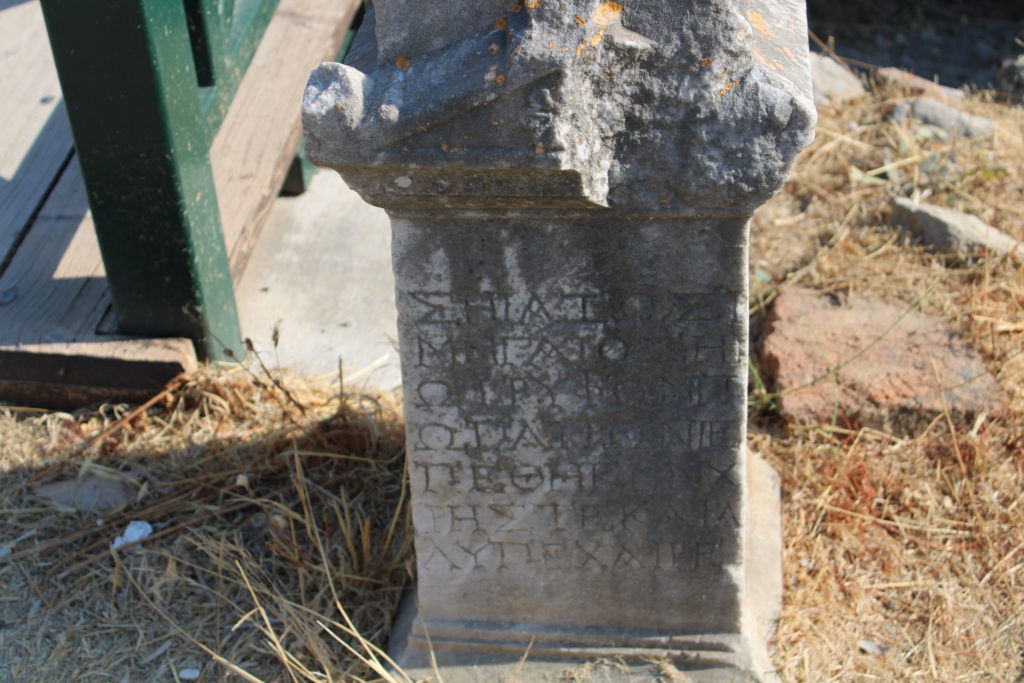
Ancient Greek stele
Below is the Hellenistic-era Altar of Dionysus (Greek god of wine), built in 2nd century BC and thought to be financed by Pergamon, one of the most influential Hellenistic kingdoms of the time. Located quite near the Casa Romana and the baths above.
The Agora of Kos
One of the most distinguished sights in the seaside is the ancient Agora of Kos (An Agora is a public, common square, a gathering place among ancient Greeks and Romans). Ironically, the site was both destroyed by an earthquake, and in 1933, was discovered after another earthquake by Italian archeologists. The site dates generally from 4th century BC to 2nd century AD, due to frequent earthquakes throughout periods, destruction and reconstruction of the buildings have been a major feature of the Agora. The buildings usually belong to different periods and different people.
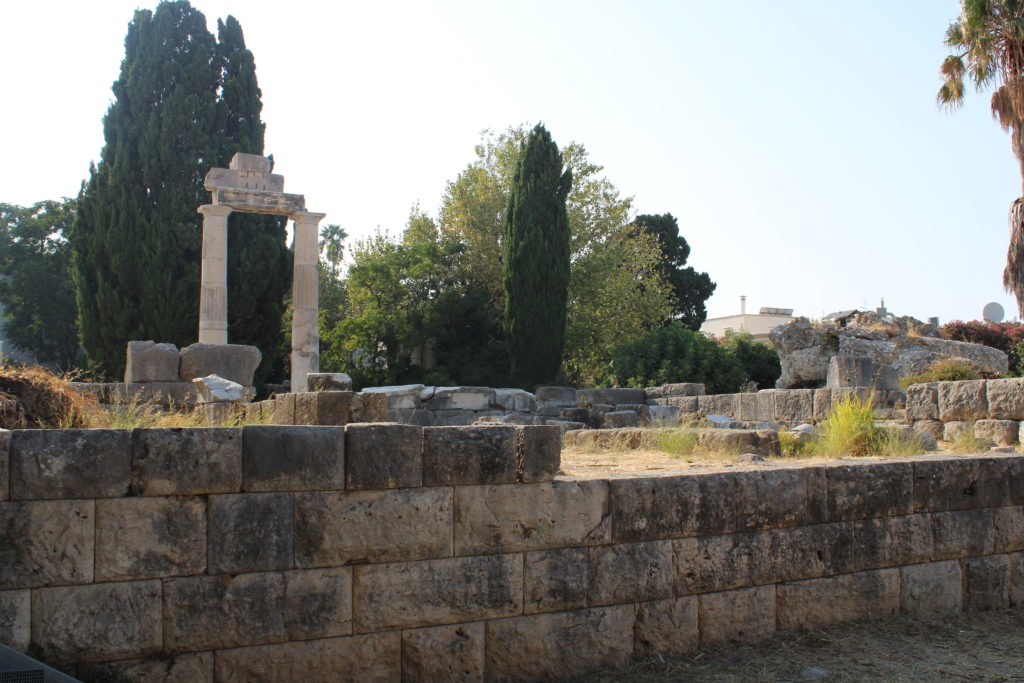
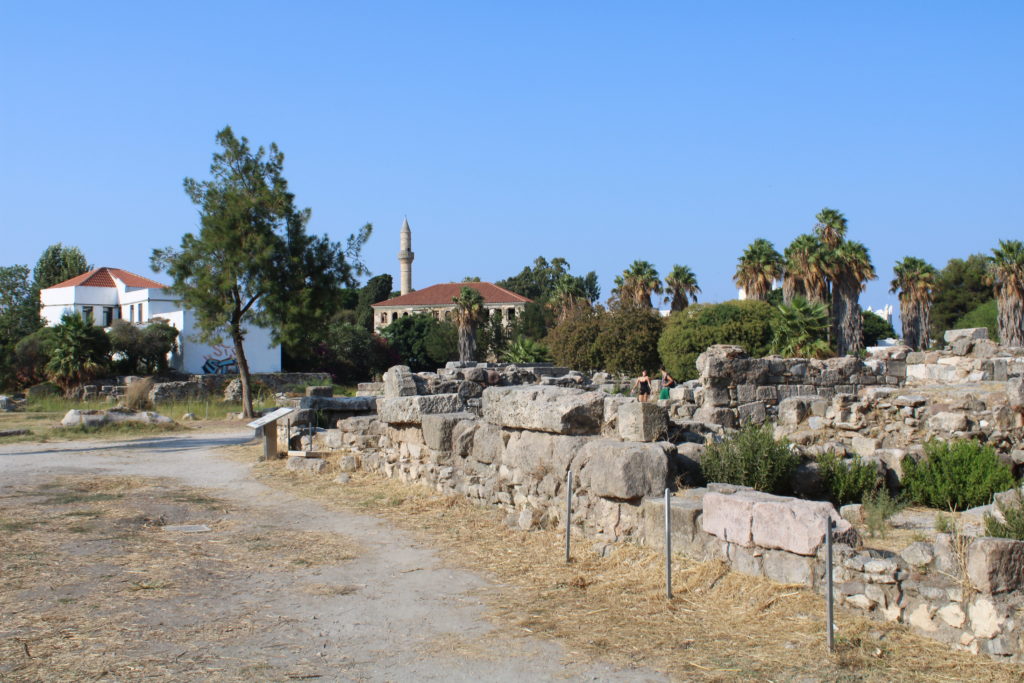
General view of the ruins of the site above. Not much remain of the site, yet still a remarkable place nevertheless.
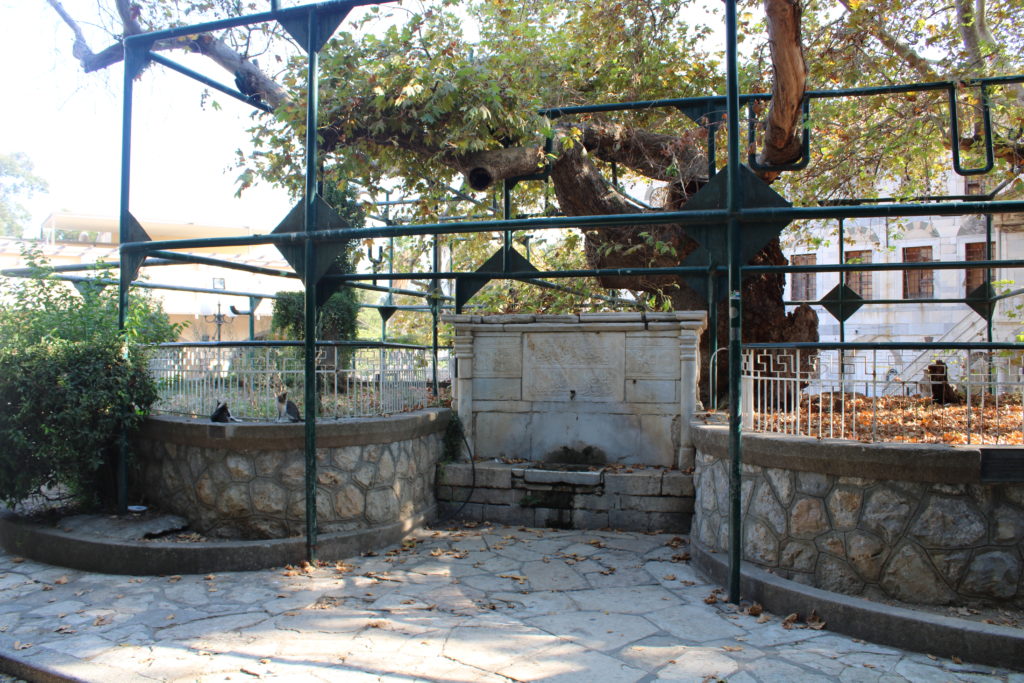
Just behind the Hyprocrates tree is the Gazi Hasan Pasha (or Lotzia) mosque, built in the 18th century bt Ottomans. Some parts of the mosque is thought to be taken from the ruins nearby as building material.
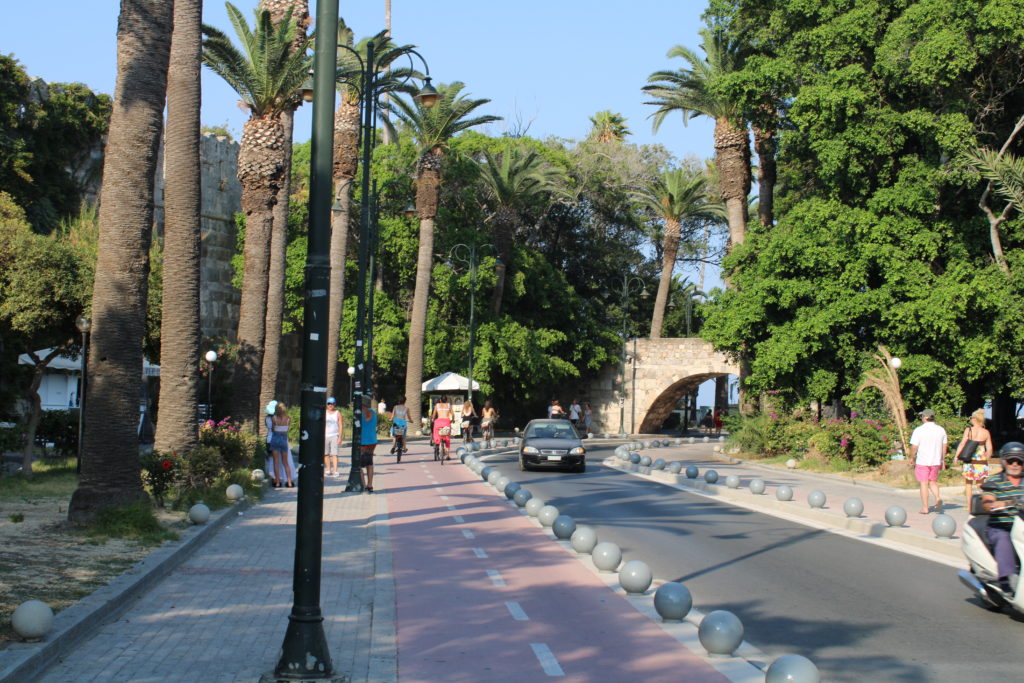
The castle or fortifications of Kos from different angles, built between 1495-1516 by Knights of St. John (or Knights Hospitaller) on a slightly earlier Venetian fortress. Main purpose was to defense against the Ottomans, and the surrounding ancient Greco-Roman structures were pillaged for the construction.
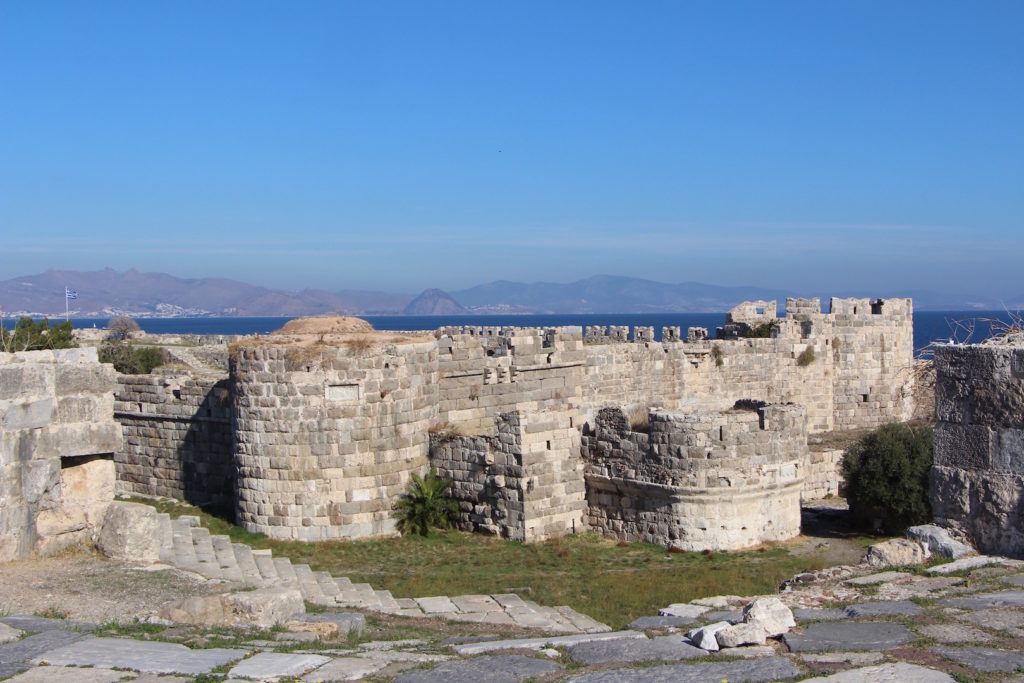
LAST REMARKS AND ADVICES
Kos is a great island to visit with a mixture of history and summer vacation possibilities. Of course, summer is the best period, so you can enjoy the sun and sea to the max level aswell! A lot of historical sites are well preserved, nicely organized and made easily accessible for people to visit, some are being restored, though that doesn’t matter much. I would suggest a car rental, but hitchiking is super easy due to the many European HH-friendly tourists there.
HOW TO TRAVEL THERE
Kos is most popular naturally during the summer, as many tourists from colder European parts prefer to spend some days there. There are 2 ways; flight and boat.
You can fly to Kos international airport from many European cities, though outside summer it might bea bit difficult, because during summer charter flights are quite frequent.
Other option outside charter flight would be flying to Greece (Athens) and a take long boat trip there, which would be an adventure itself.
If you are island hopping, there are many boats from close and distant islands aswell. The following websites would help you book your from the available departure island of your desire (and also help you find the reachable islands):
www.ferries.gr
www.greeka.com/dodecanese/kos/ferries/
TRAVELLING WITHIN THE ISLAND
Apart from car rental and Hitchhiiking, there is the public bus service within the island, though not very frequent, so better check the timetable beforehand(sundays is even less frequent). You can find the timetable and price below:
www.ktel-kos.gr/site_en/ktel-kos-local-bus-schedules
GALLERY
As always, the dump gallery is below. You should check it out since there are also pictures of different parts and sights of the area. Enjoy!


